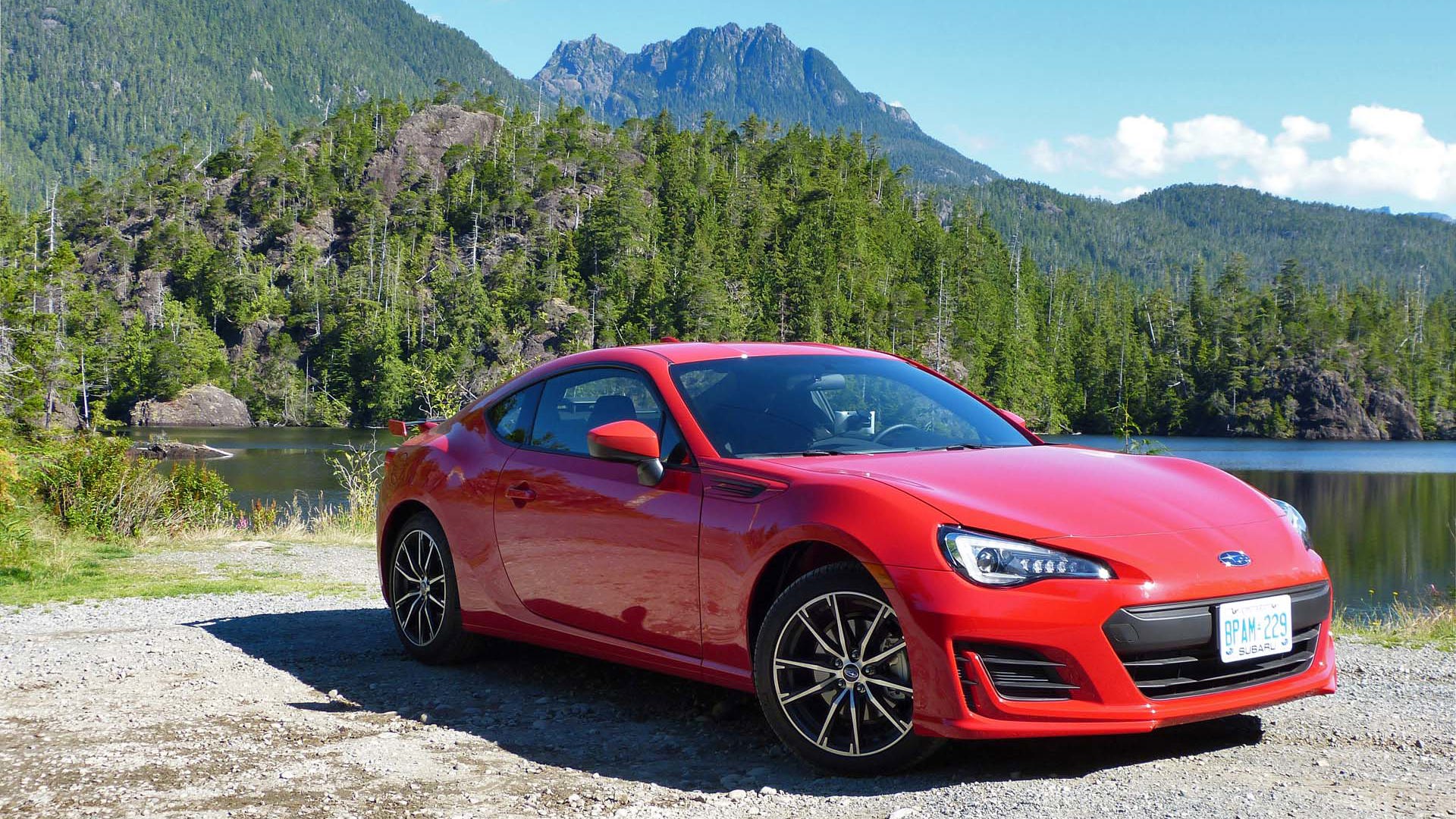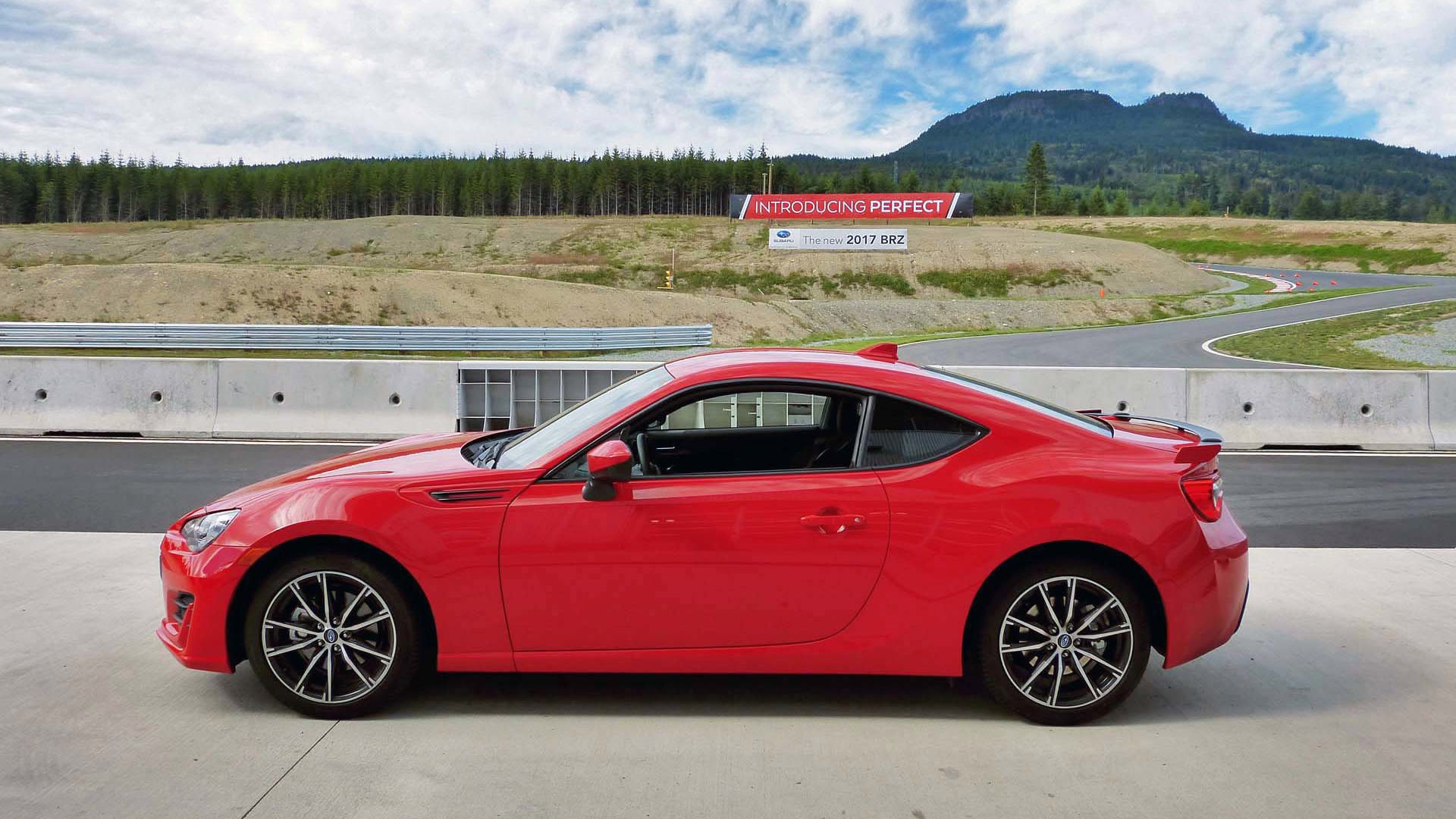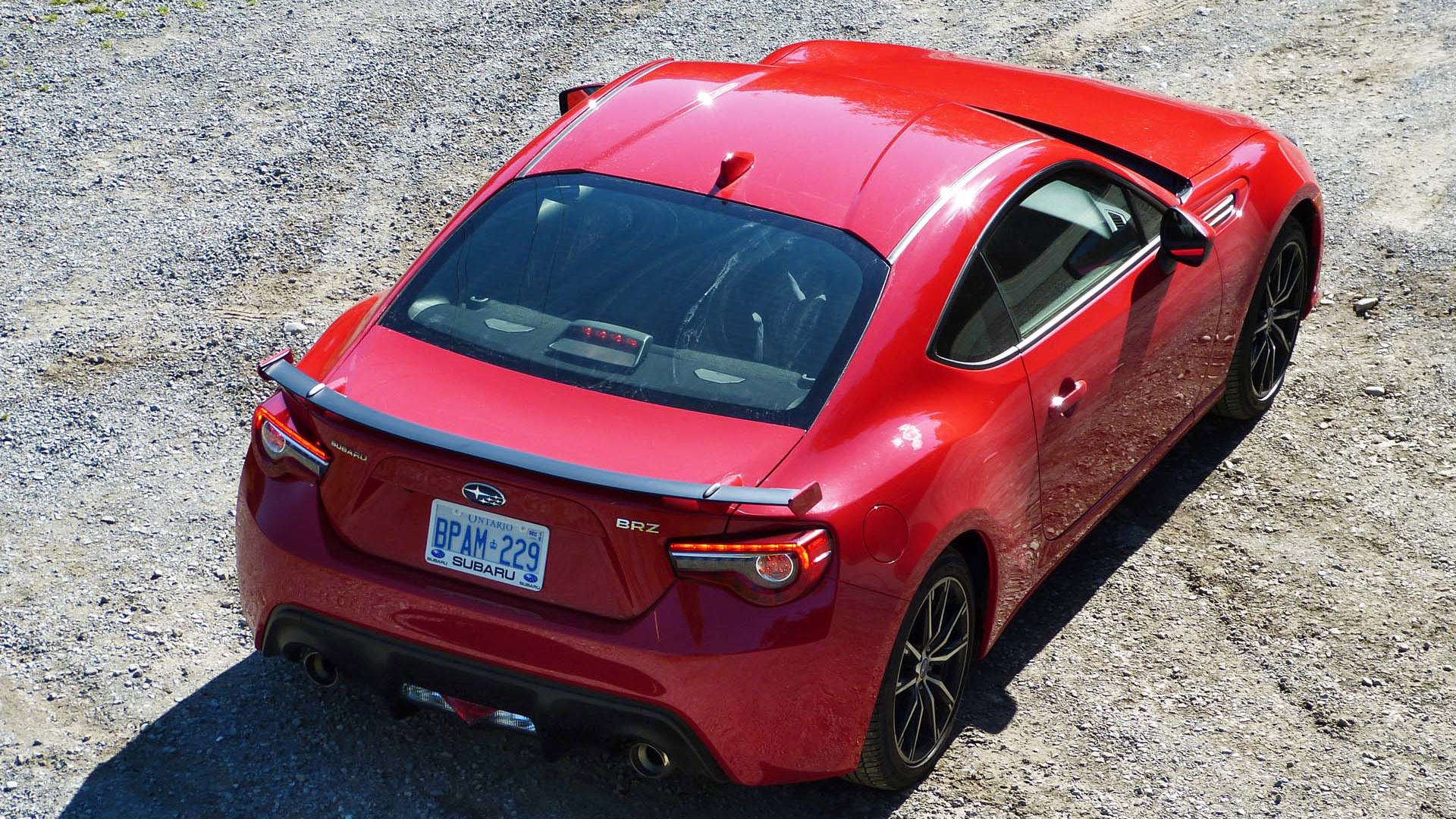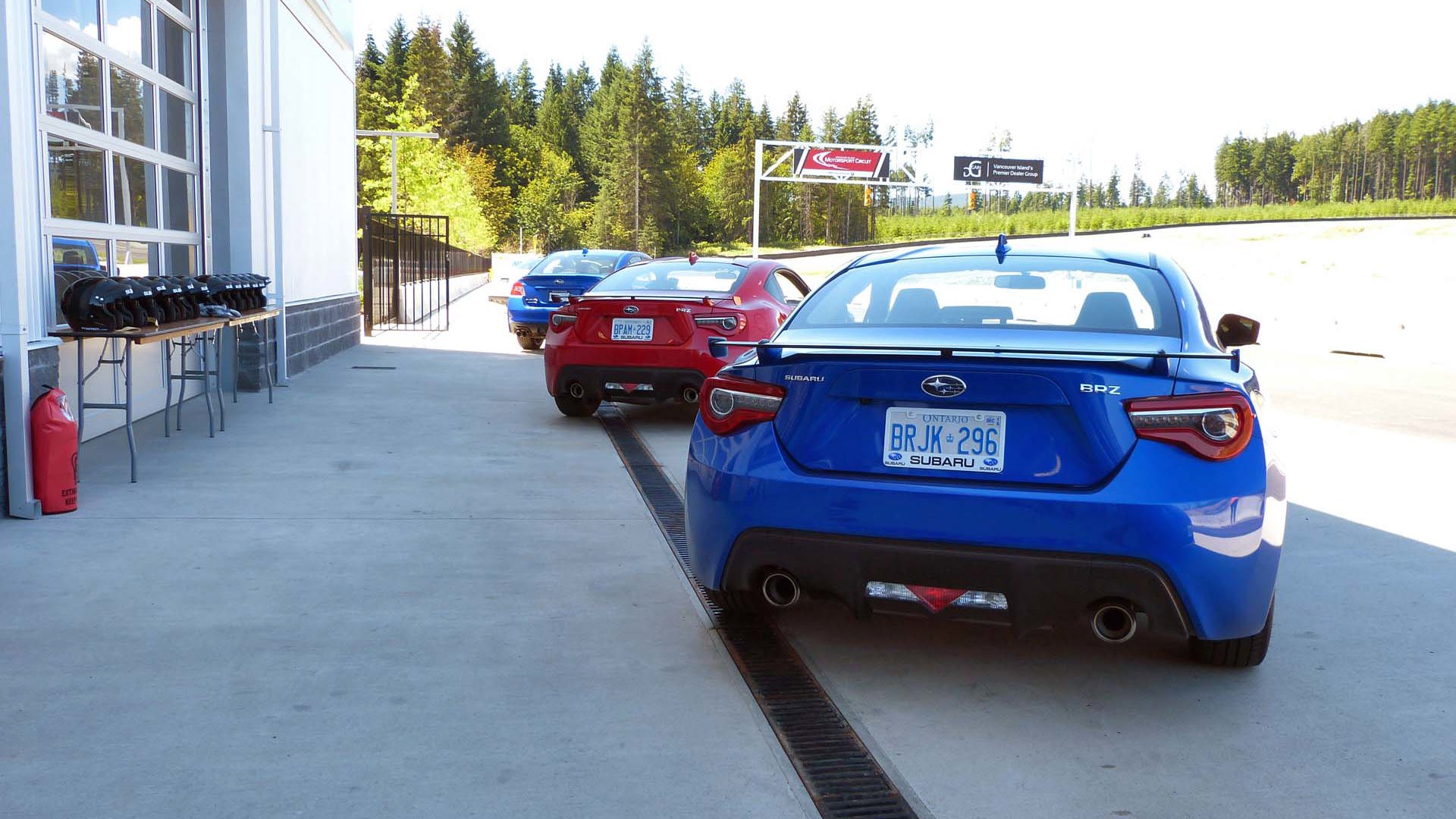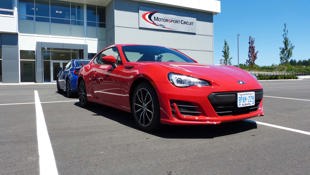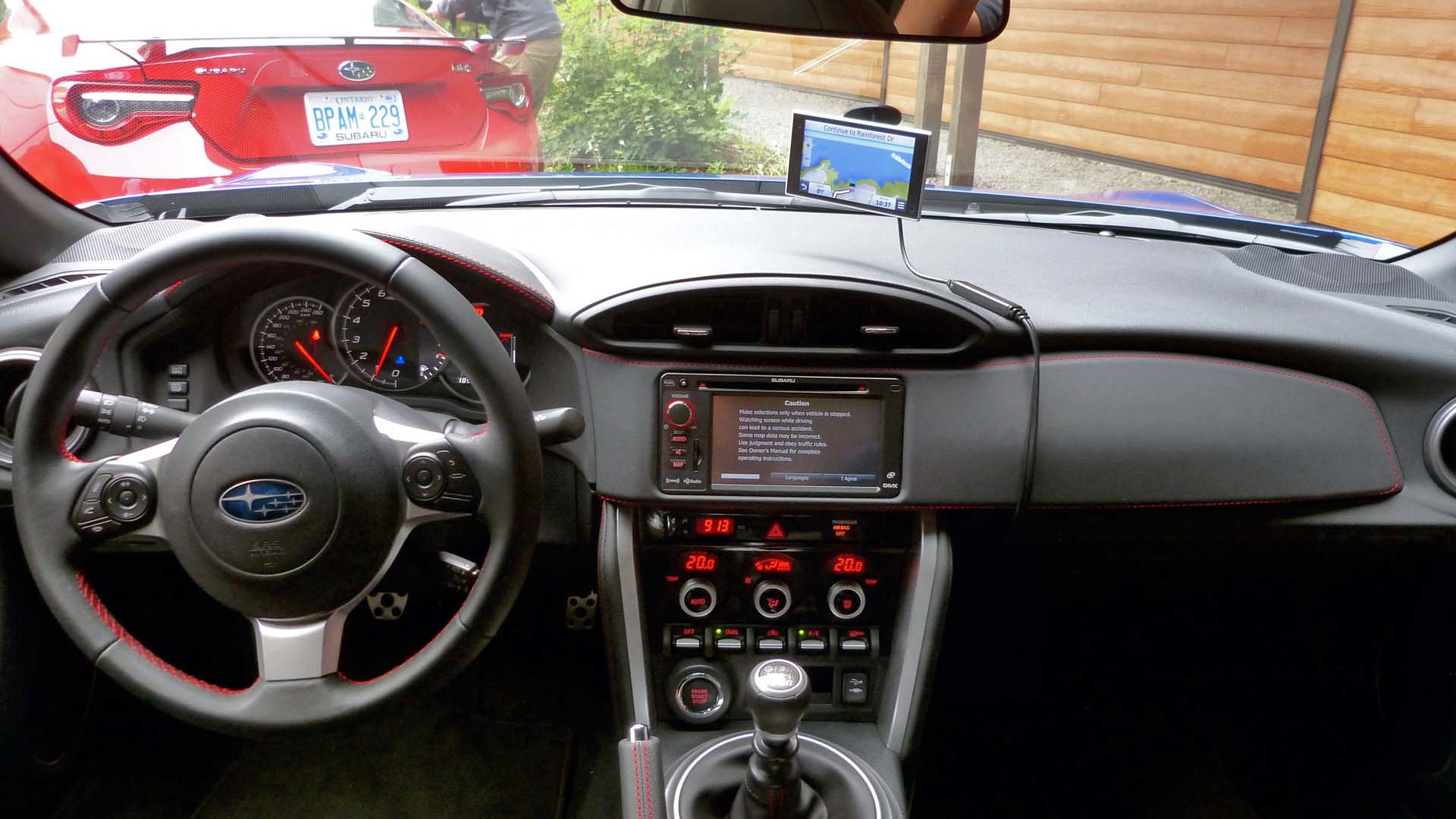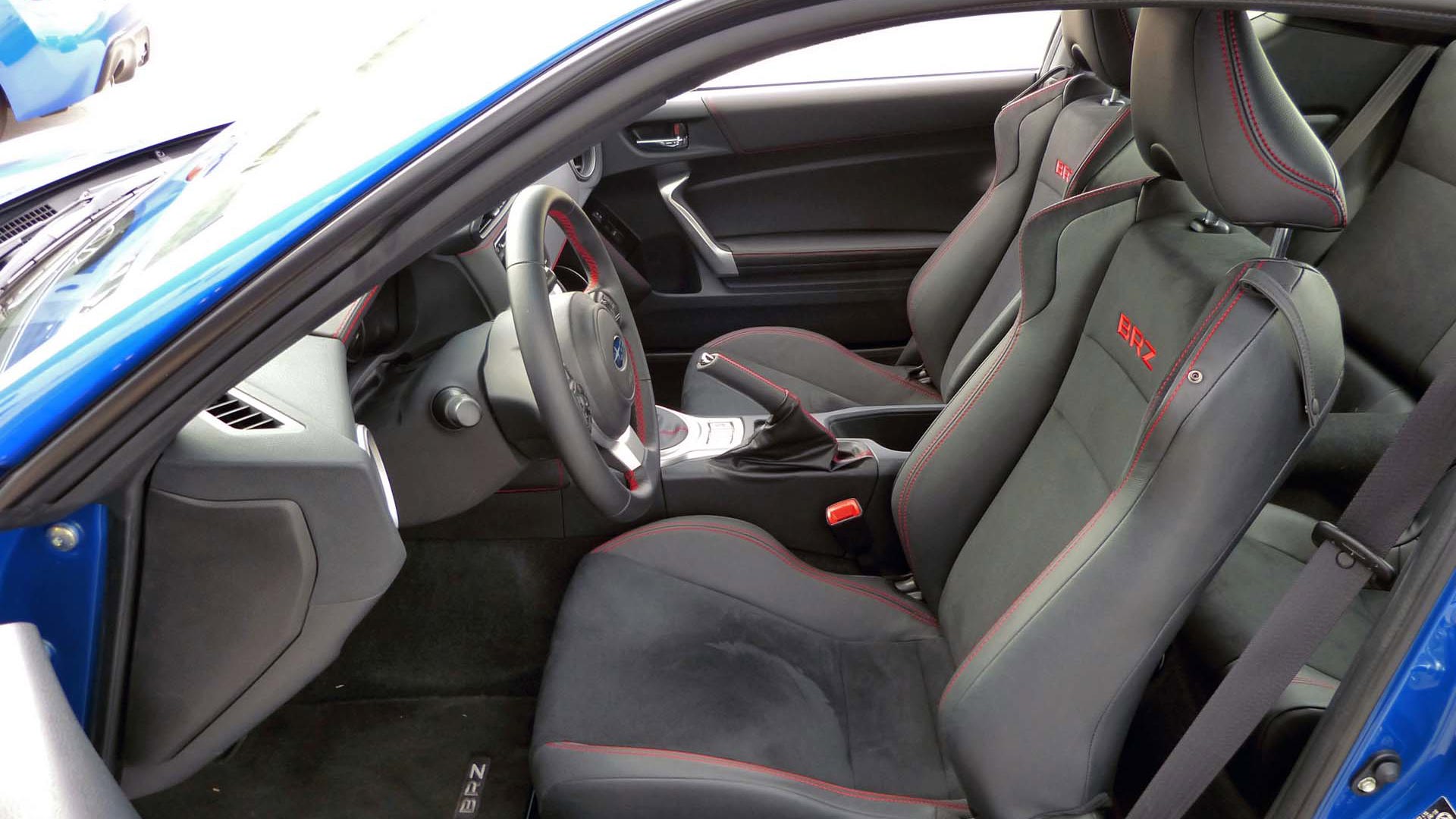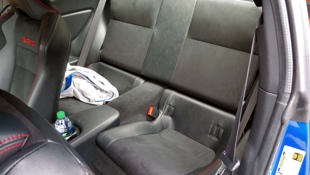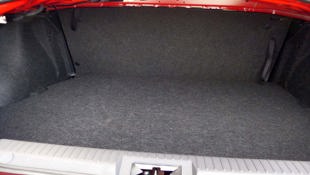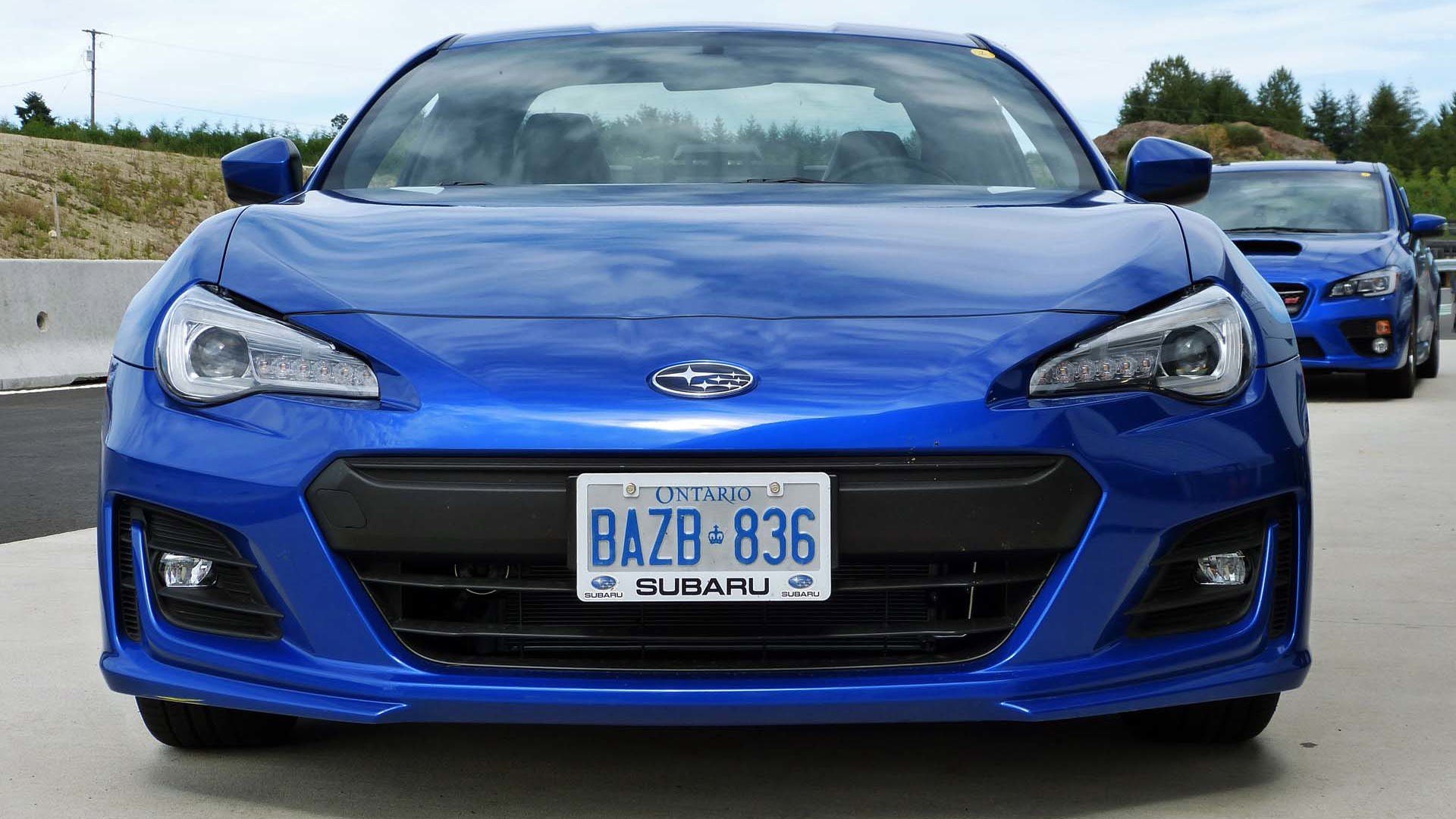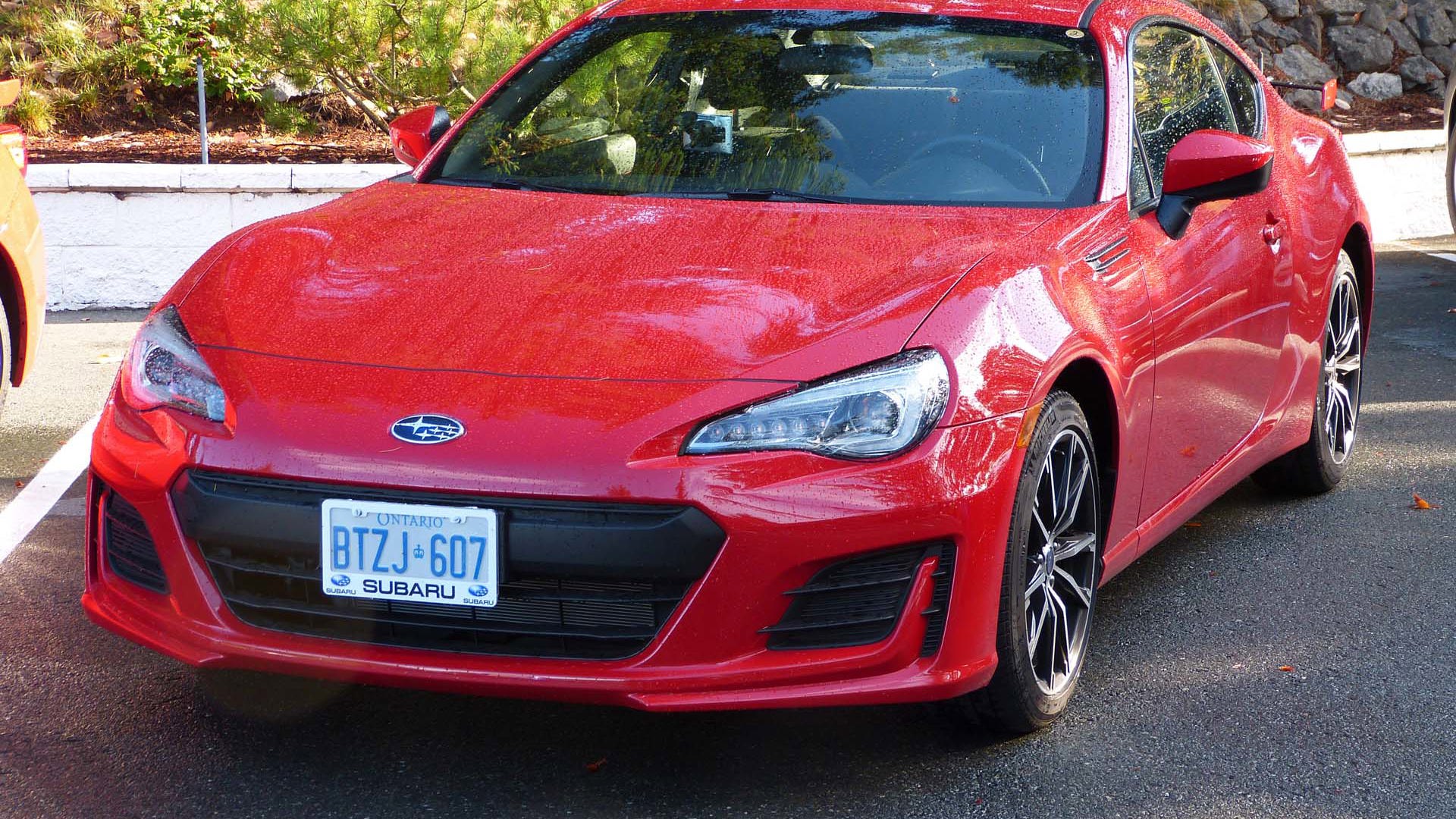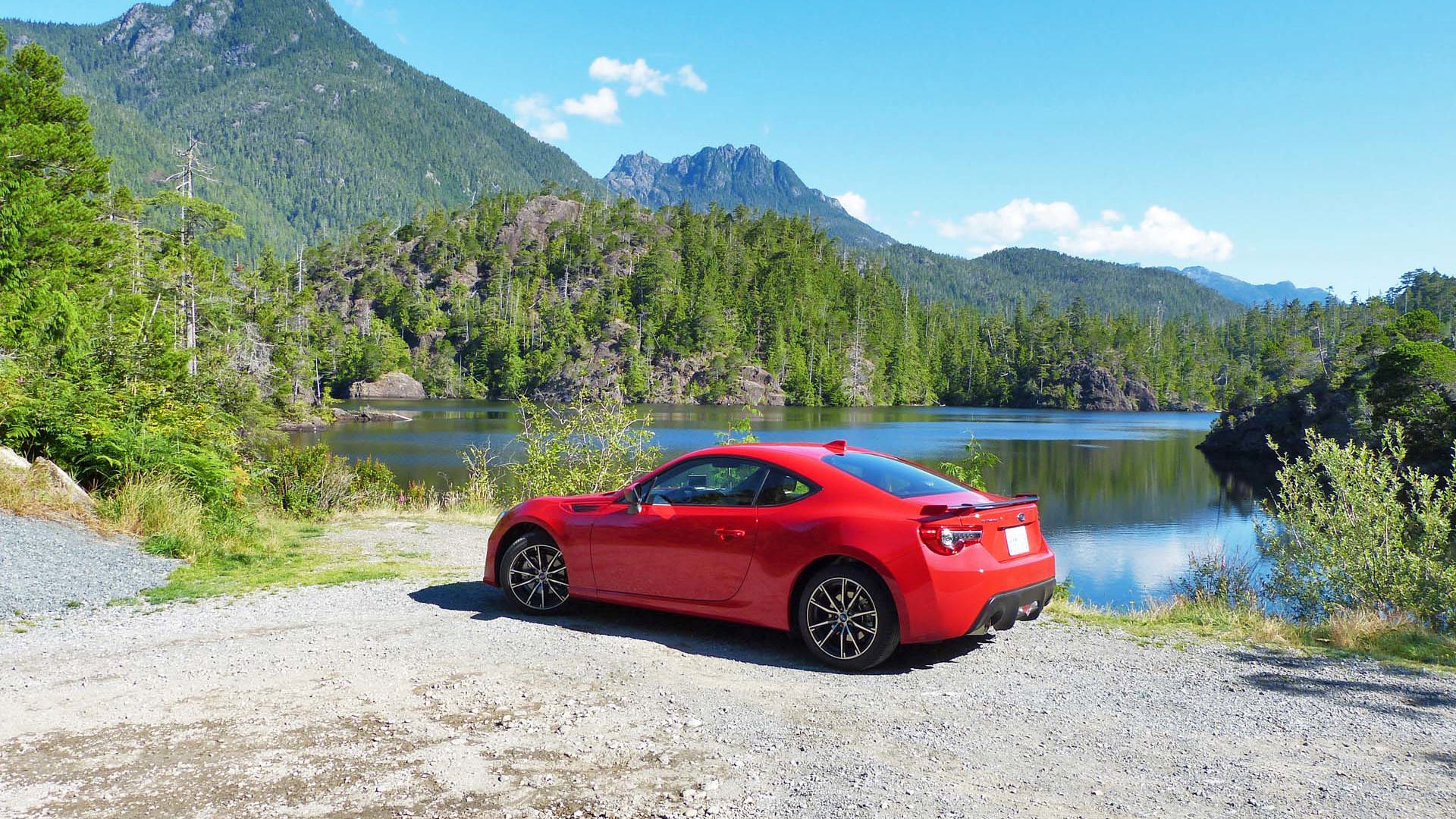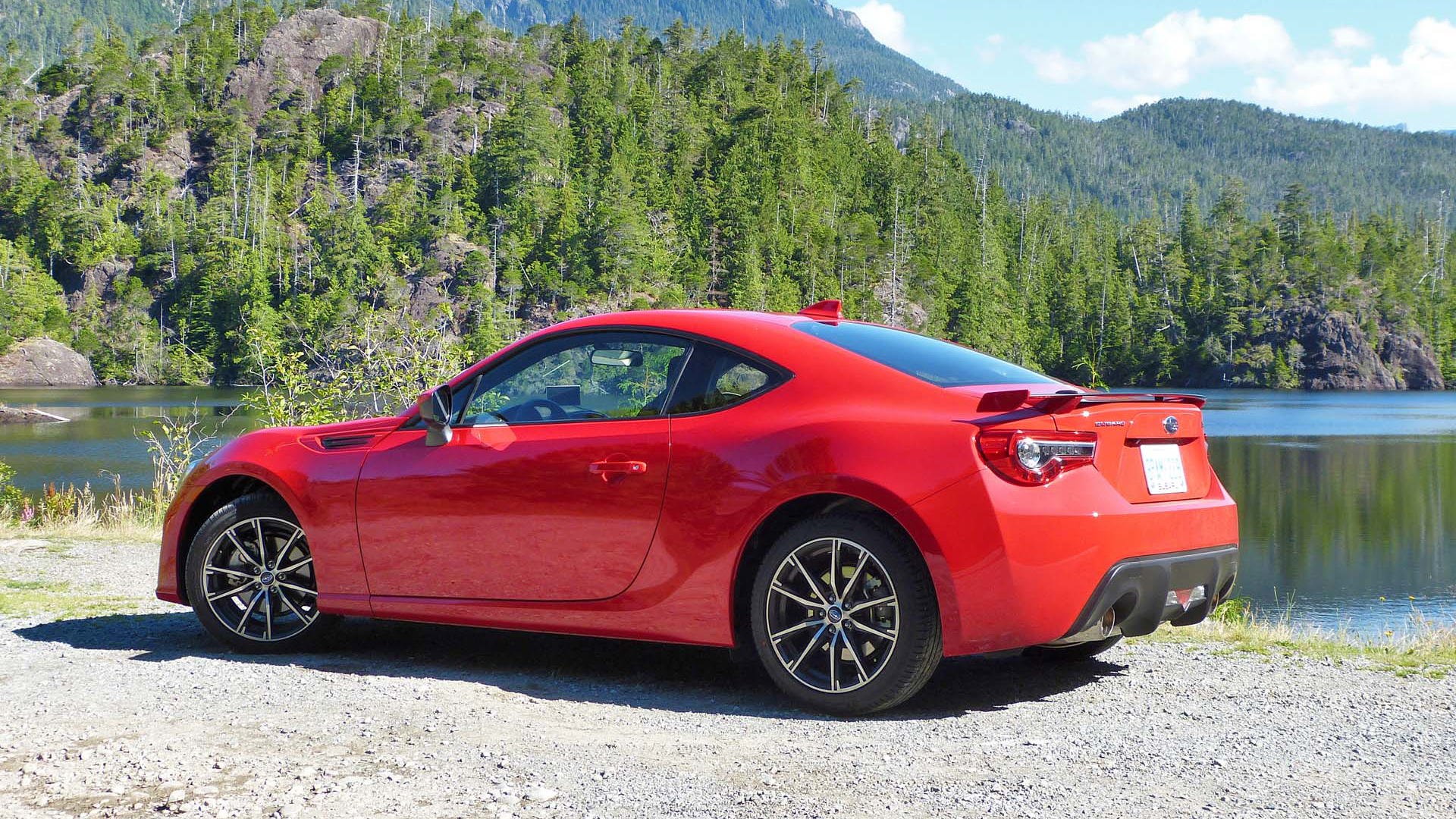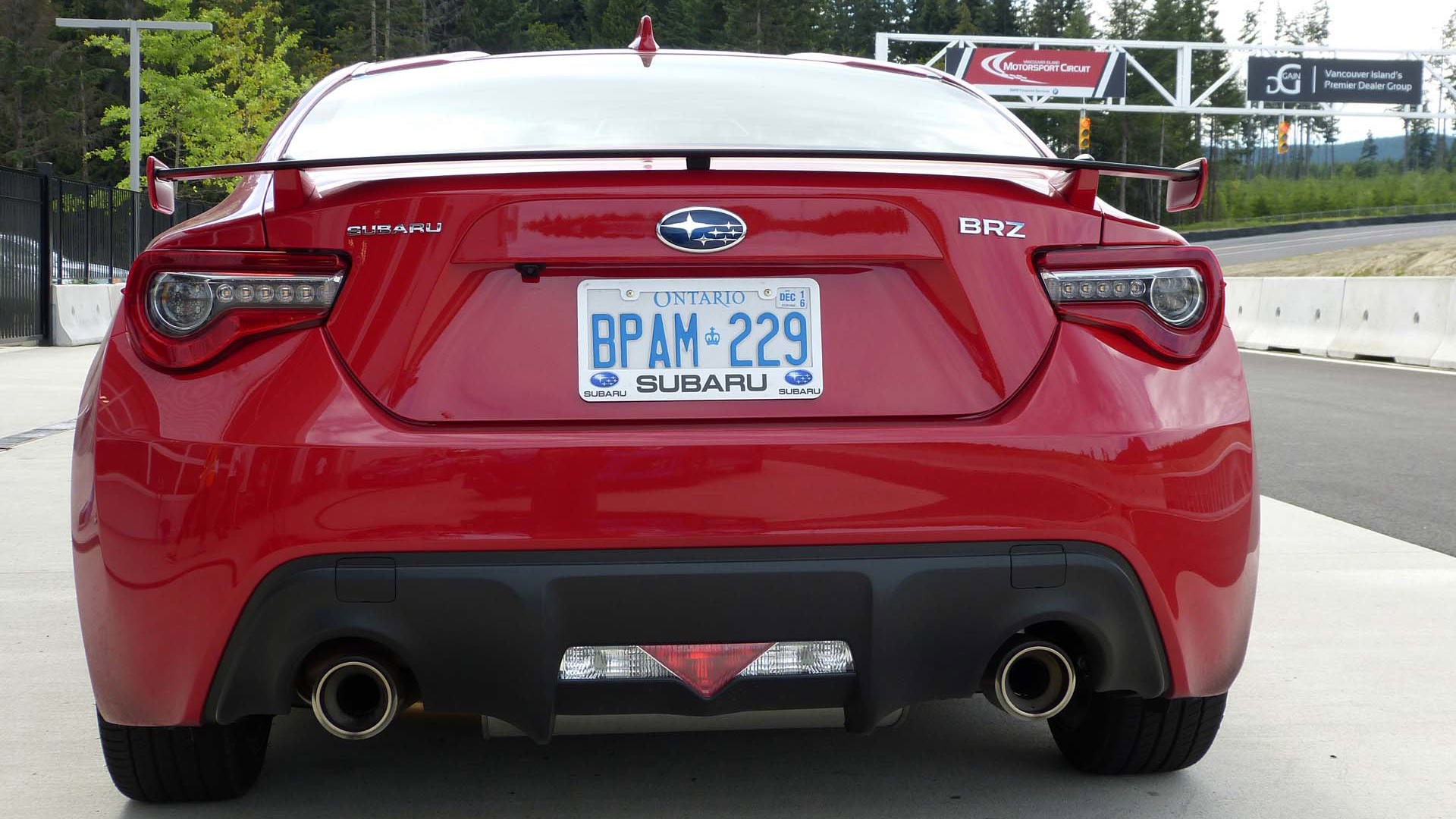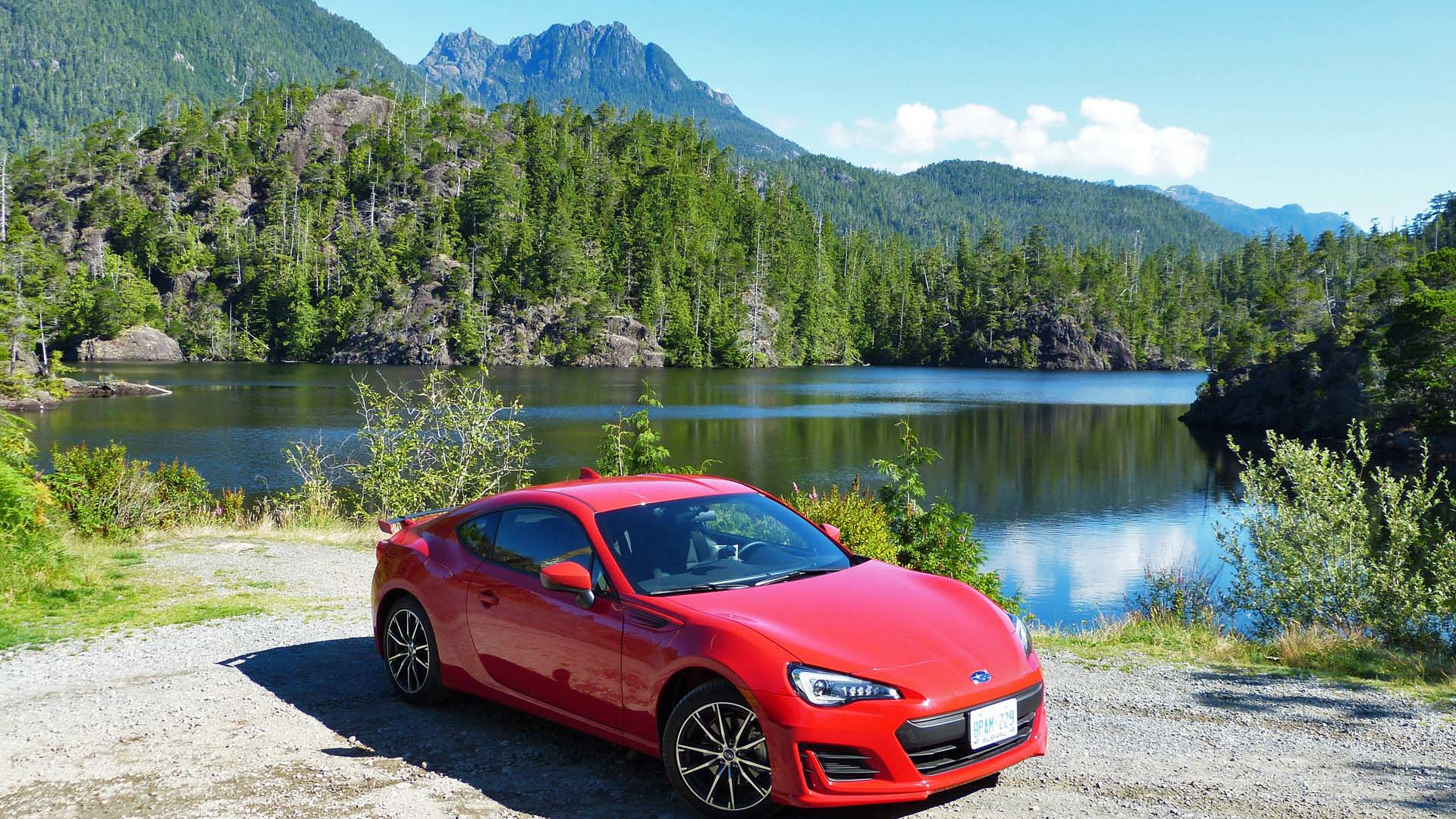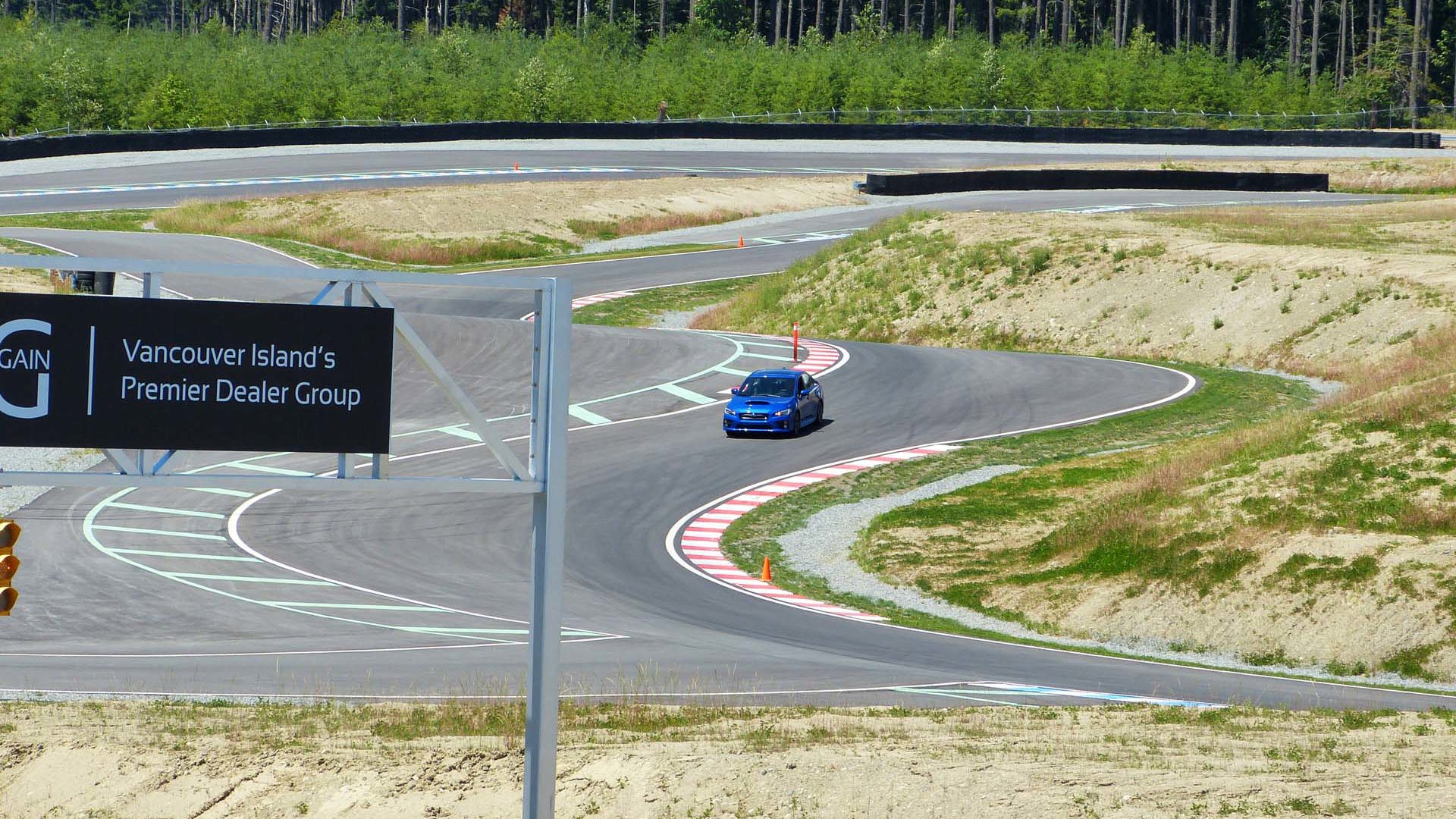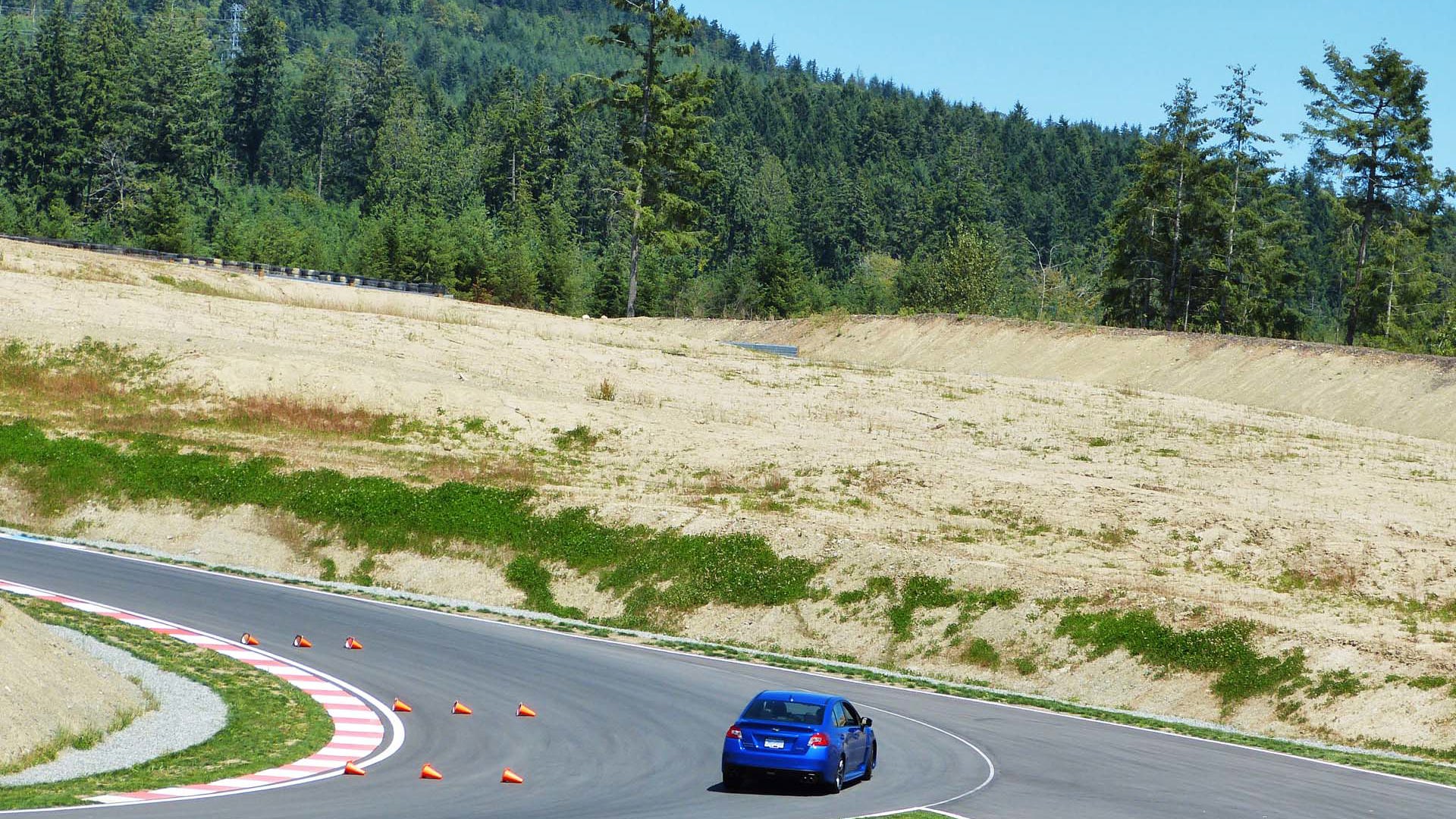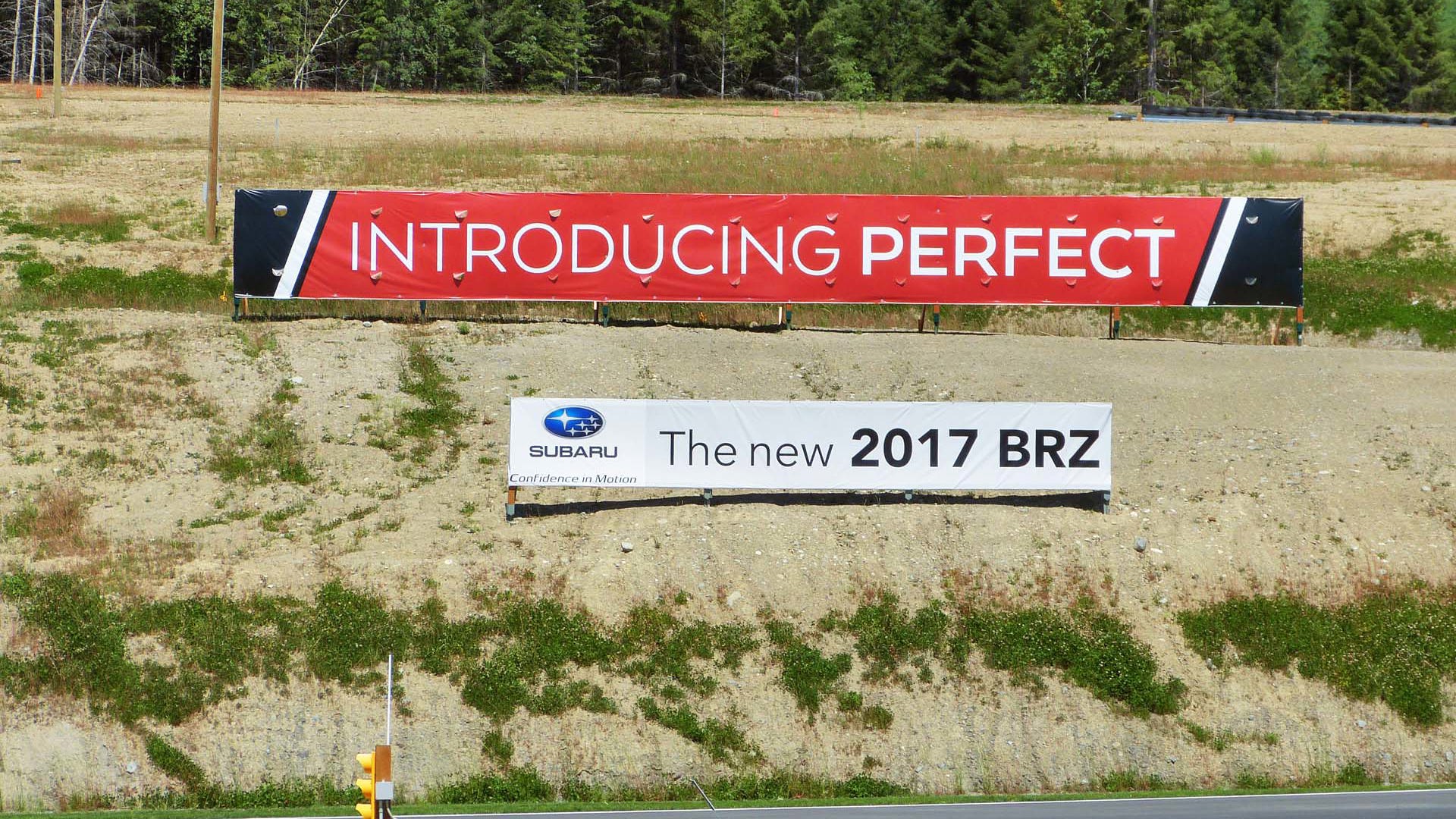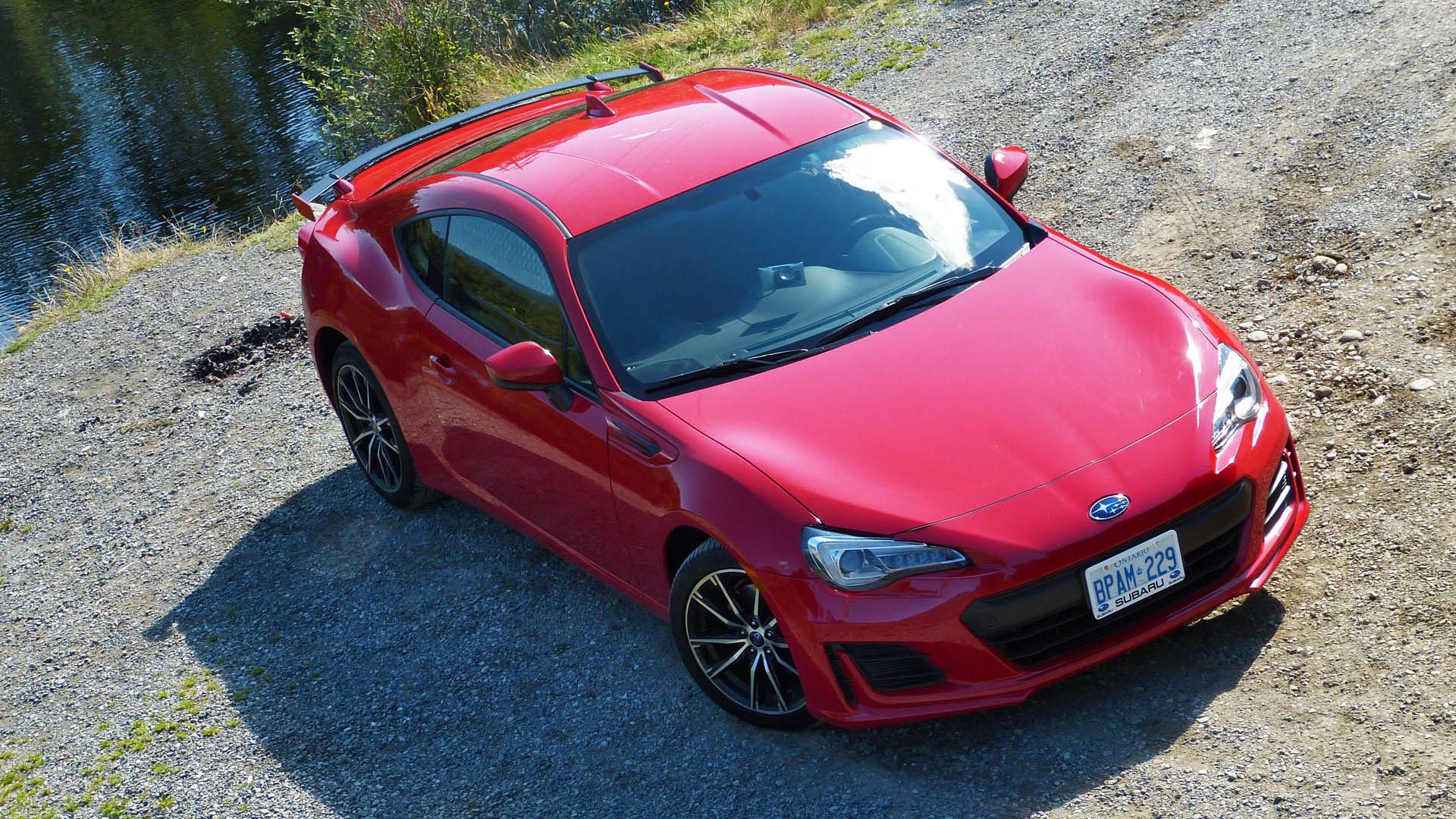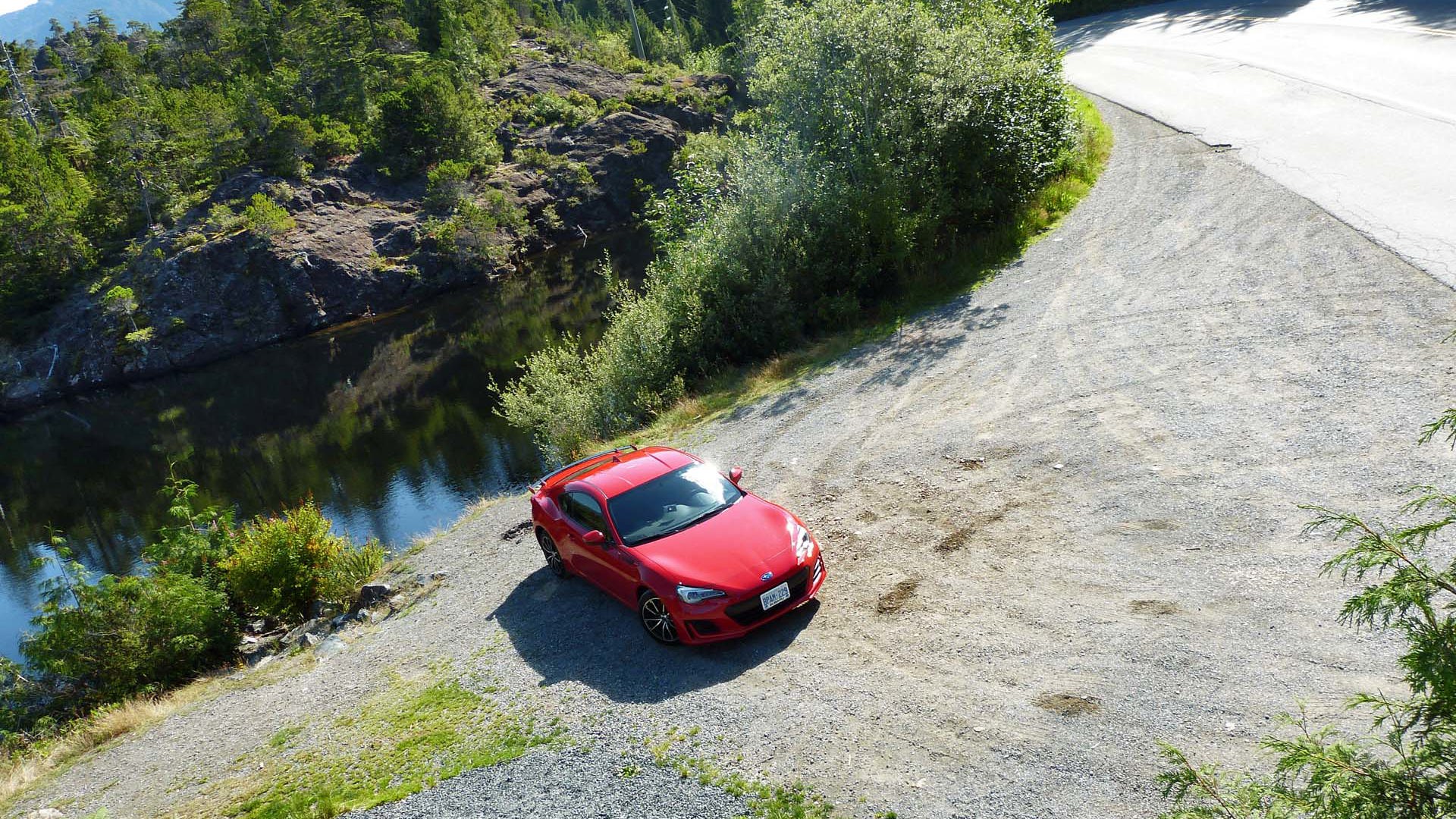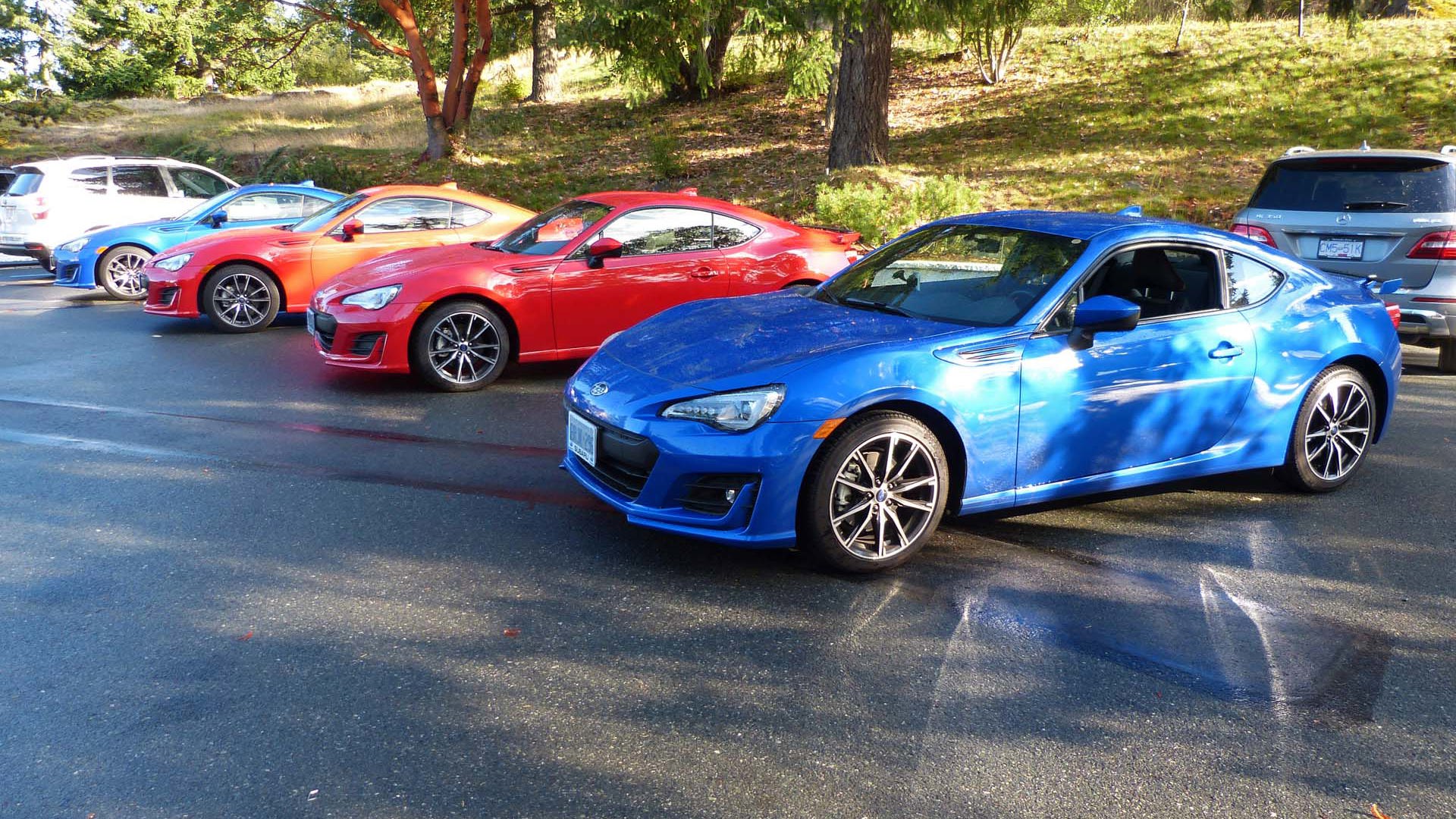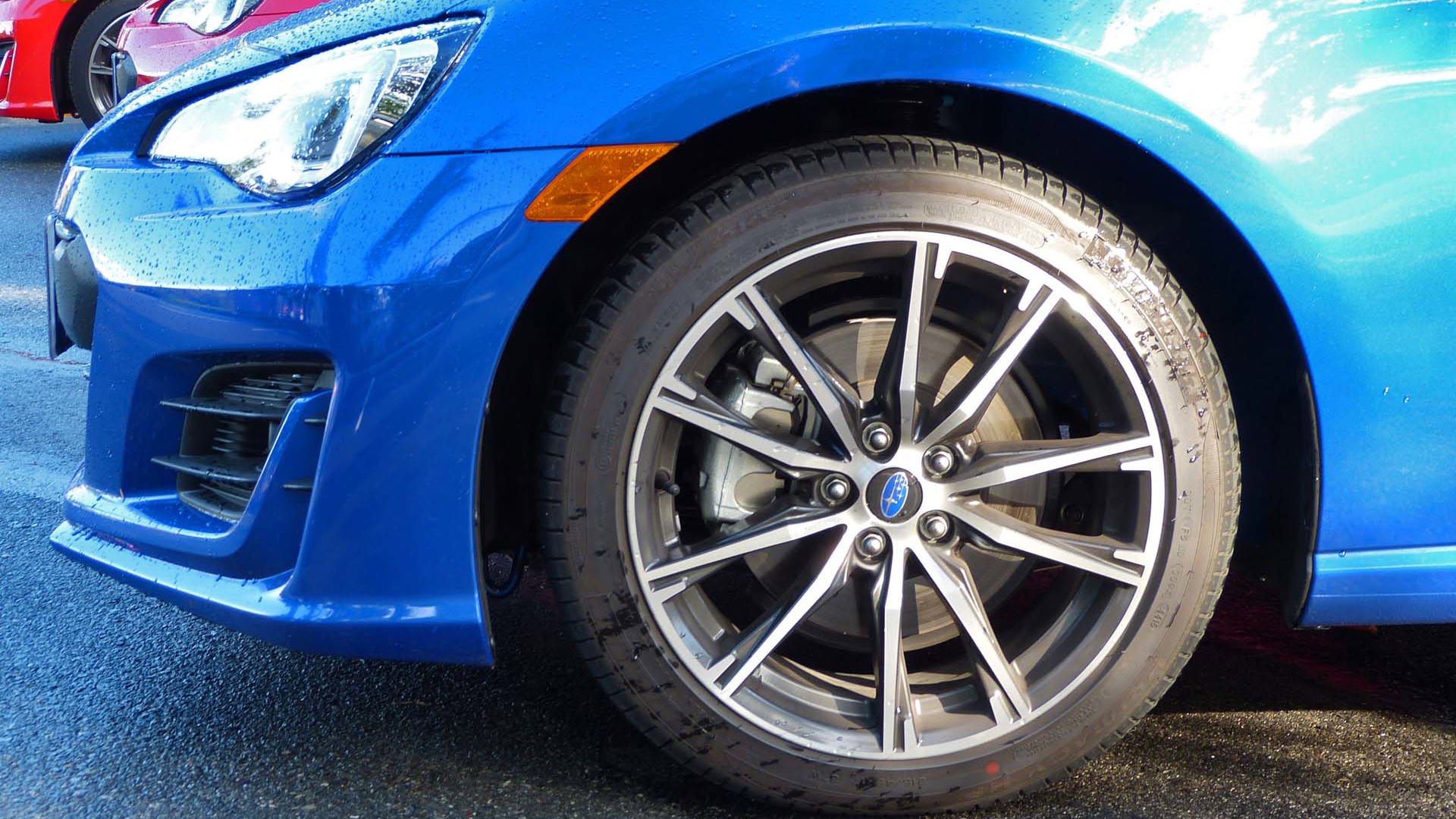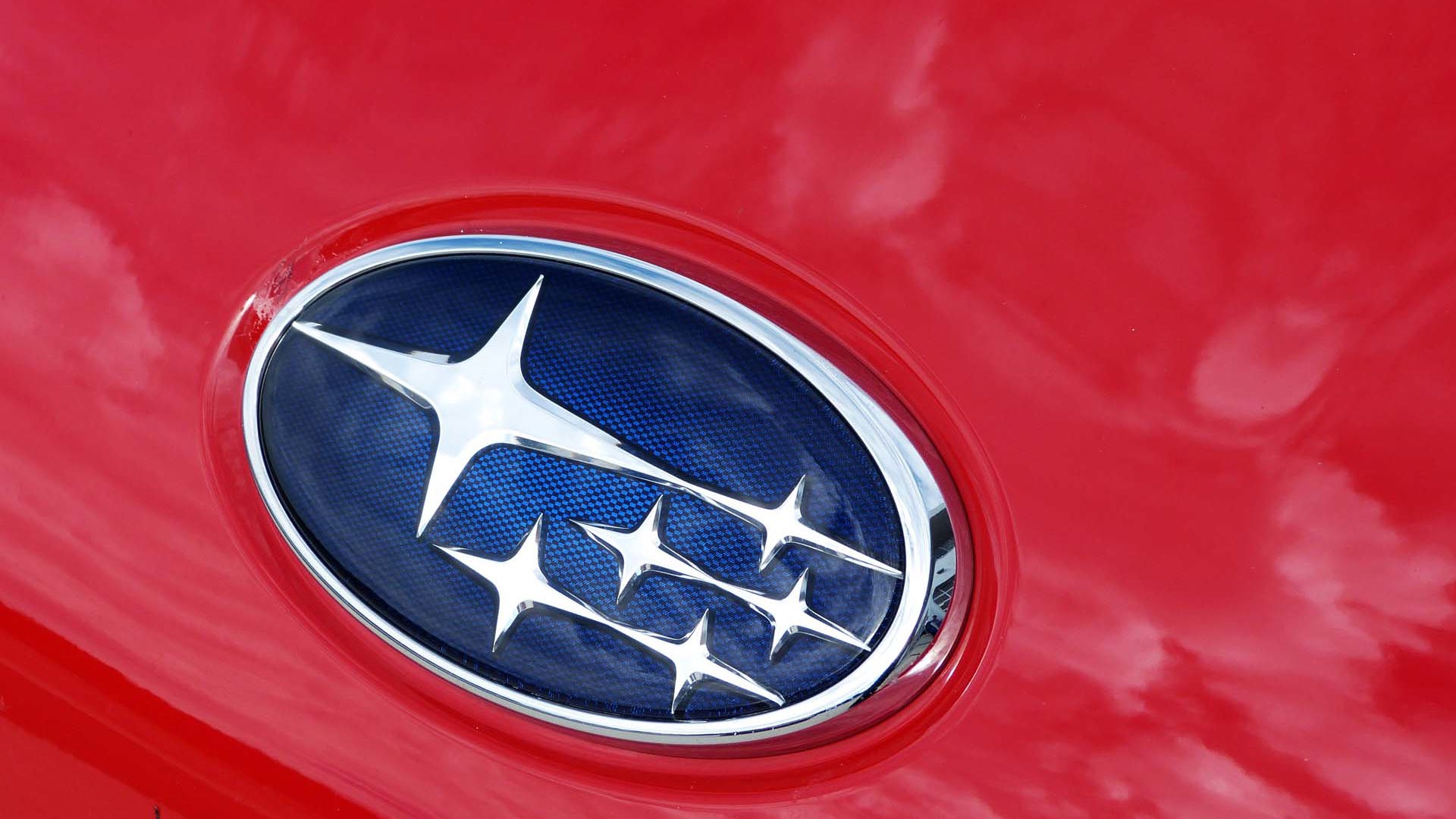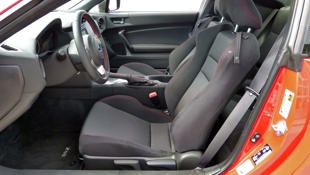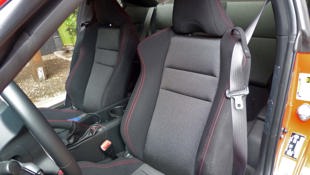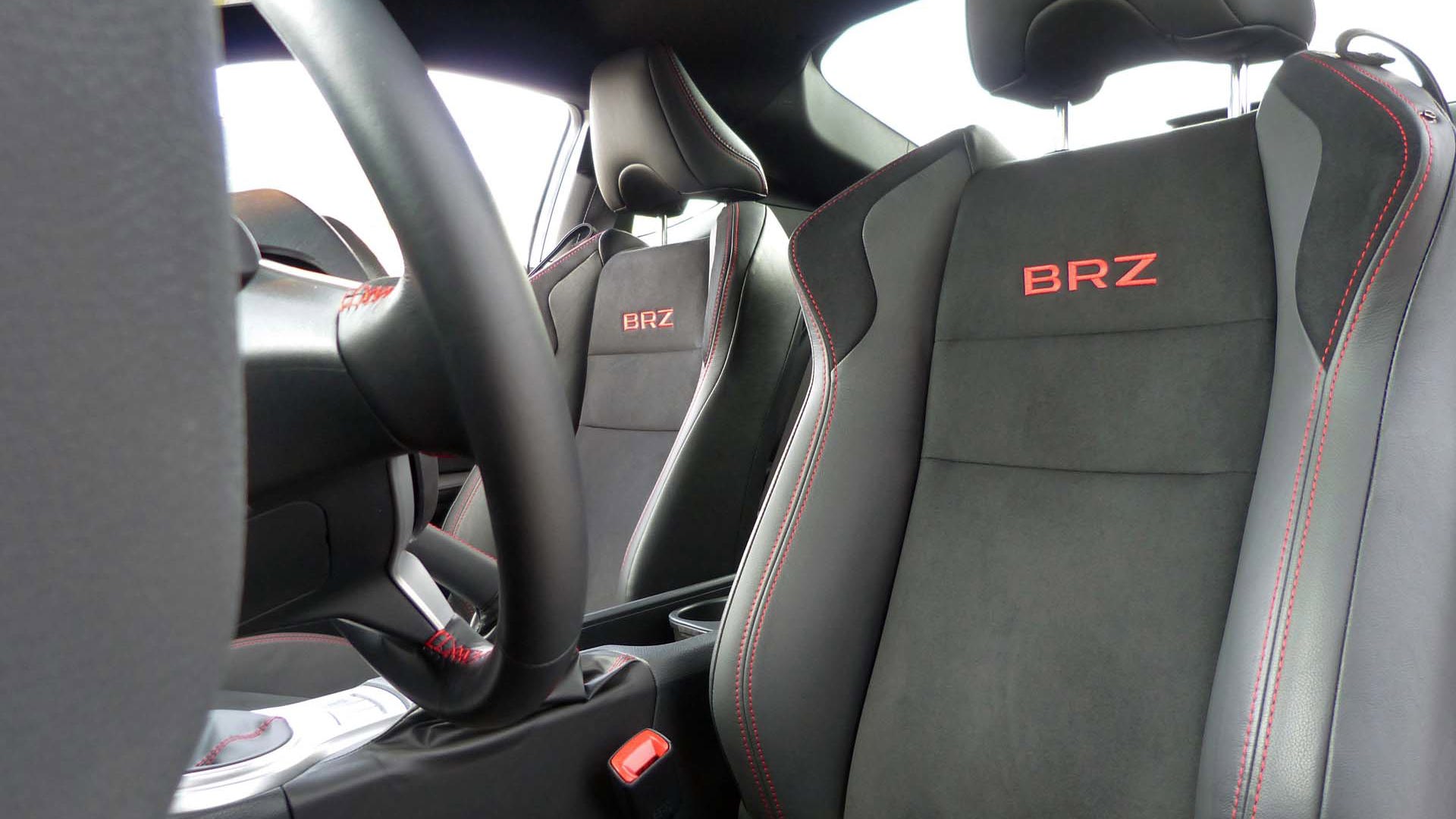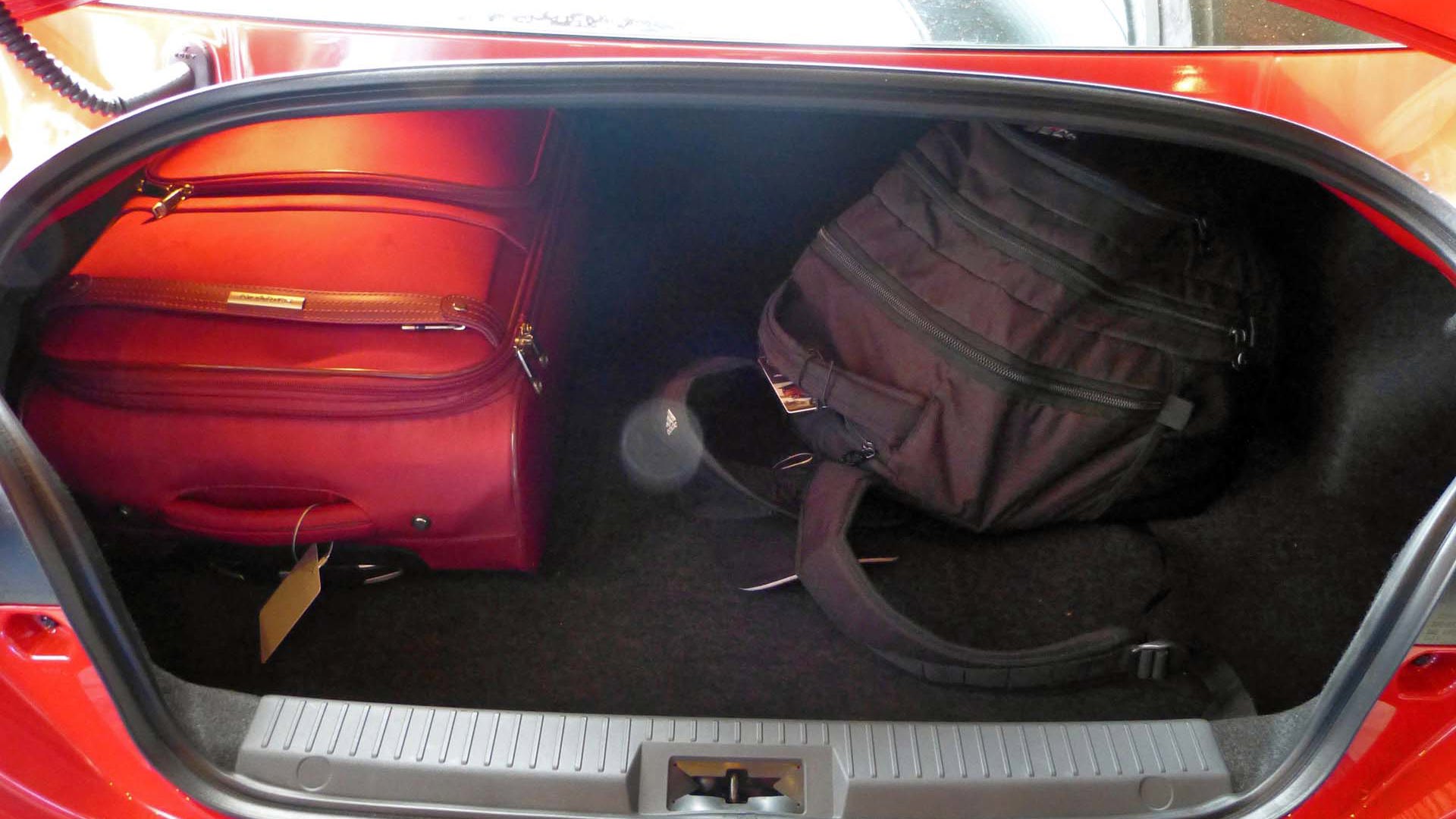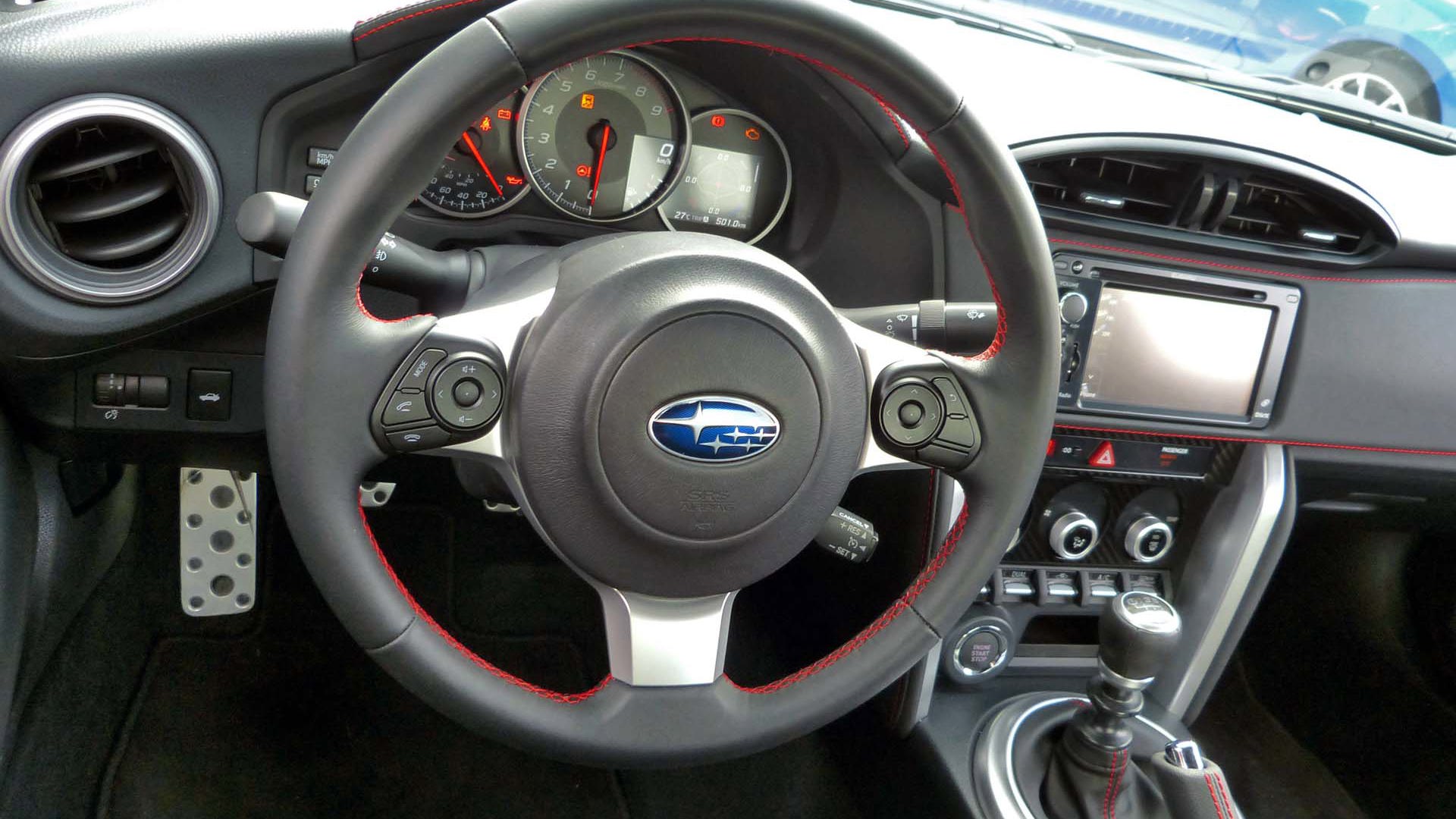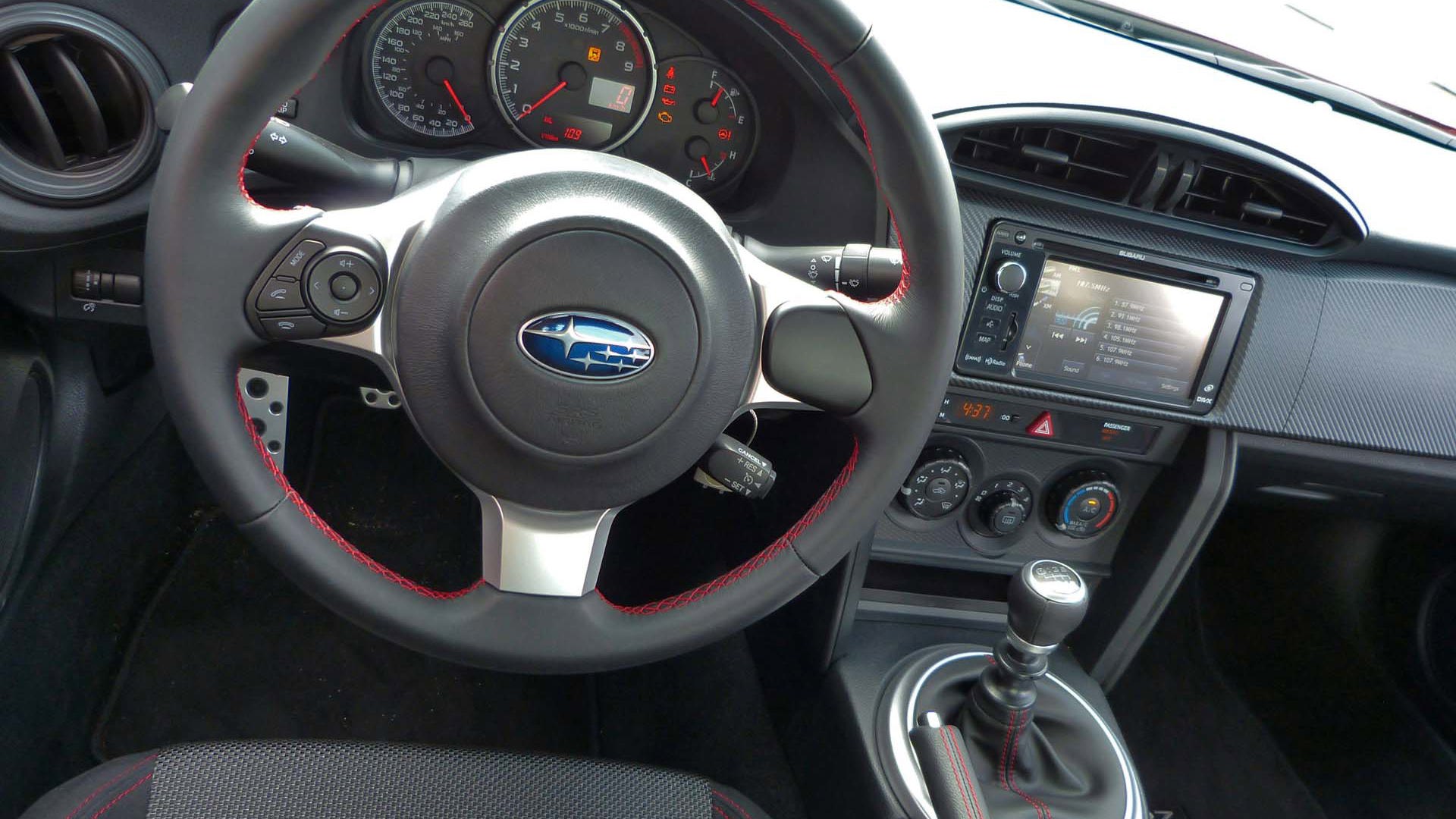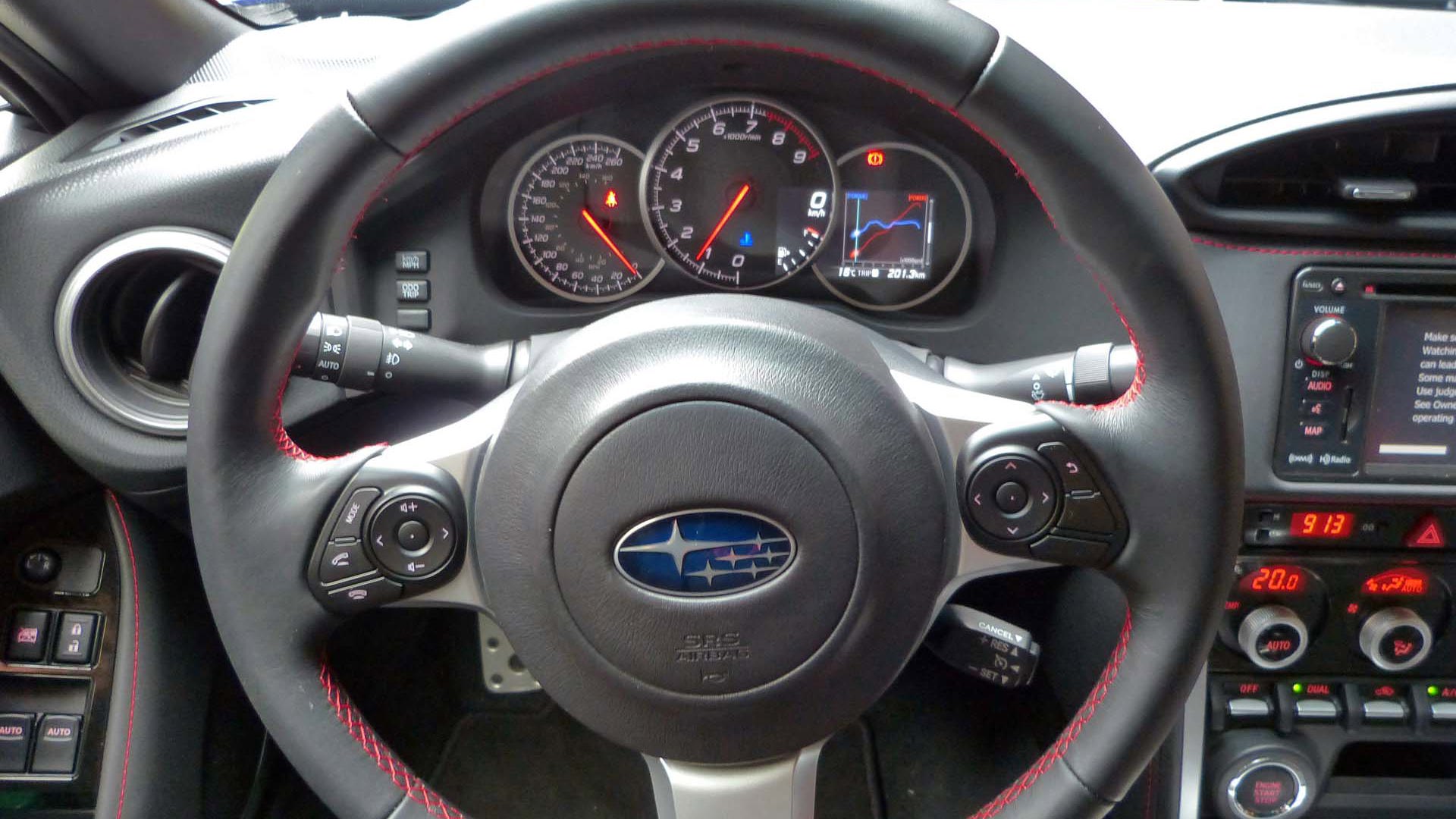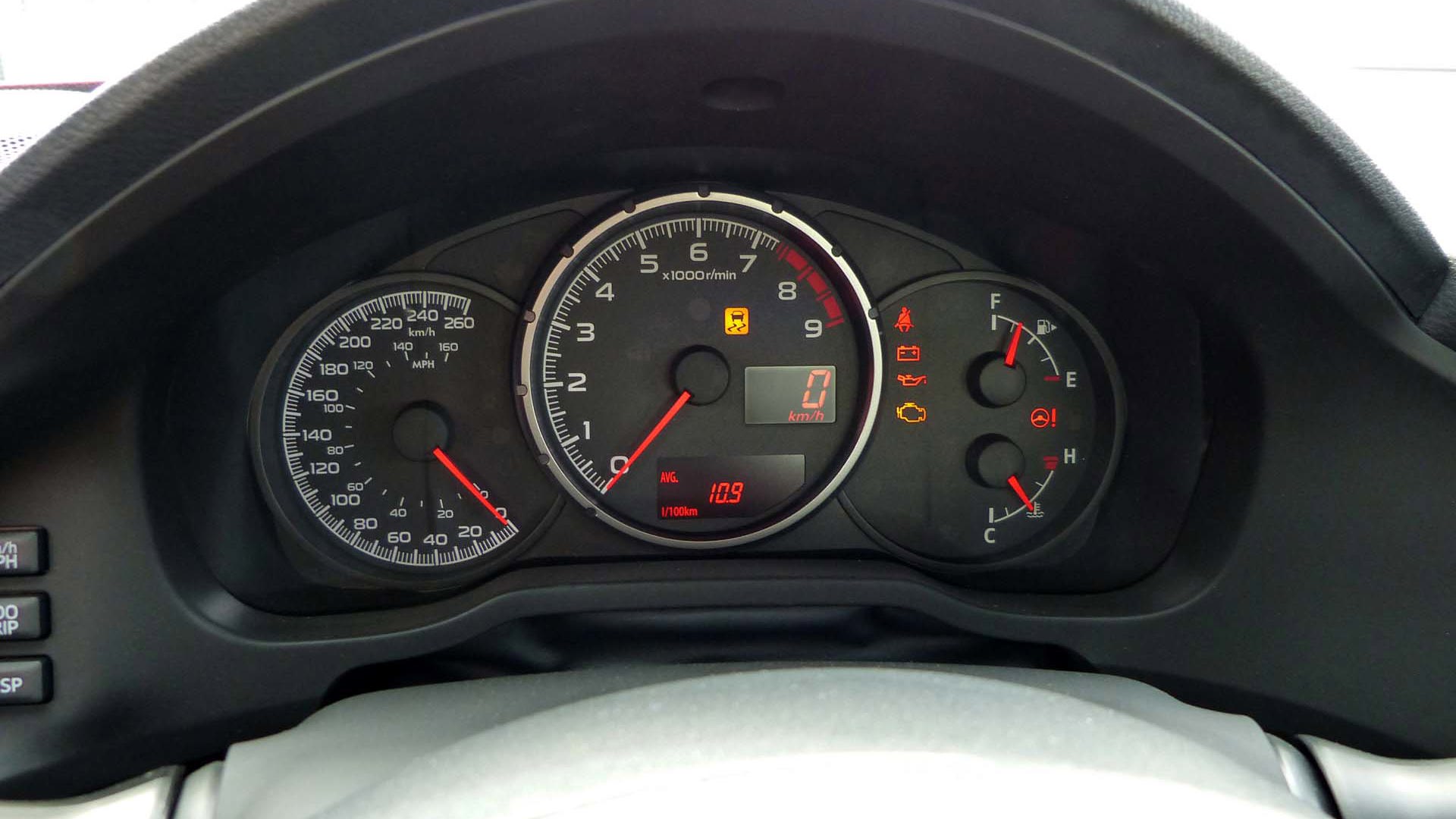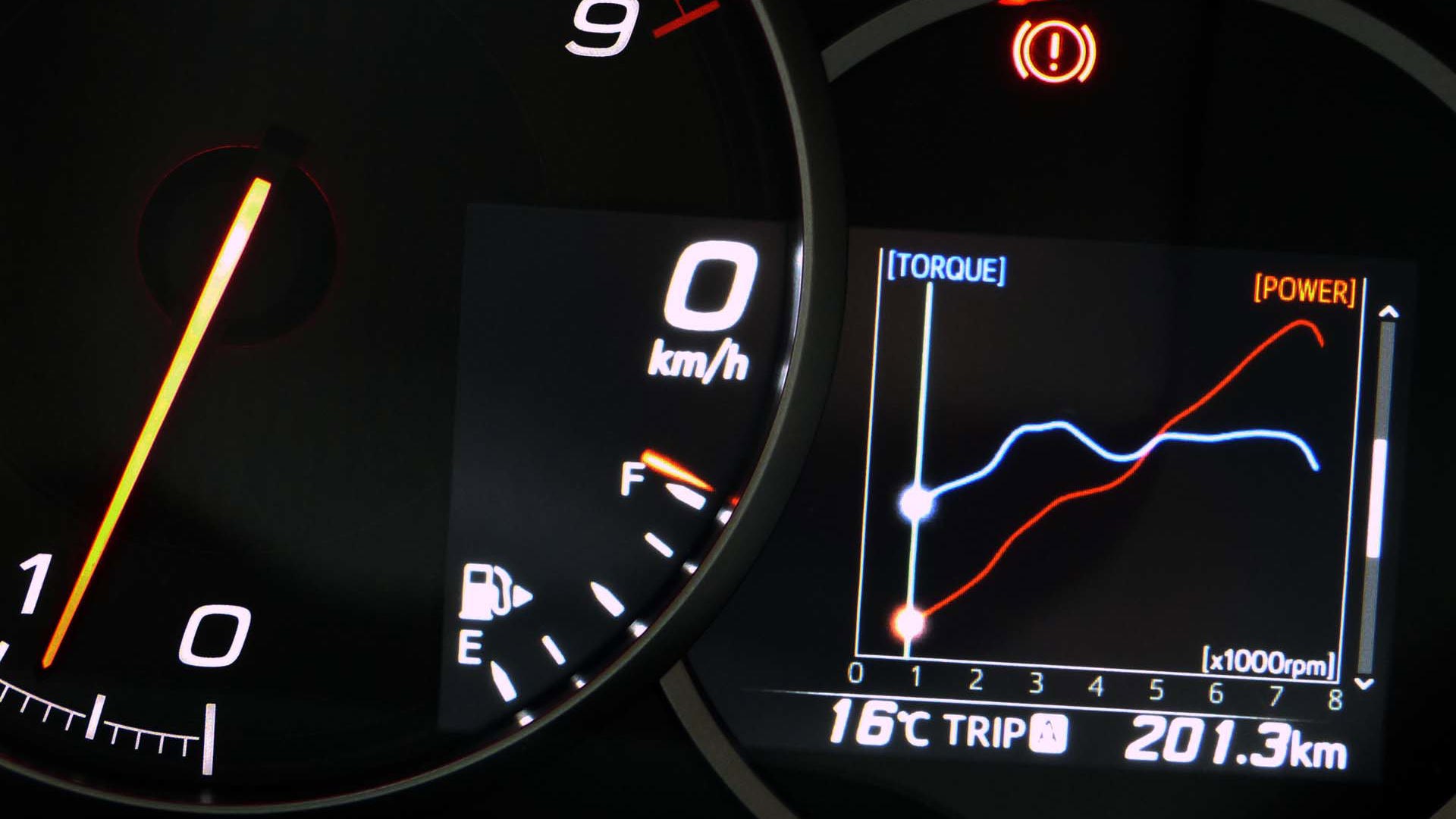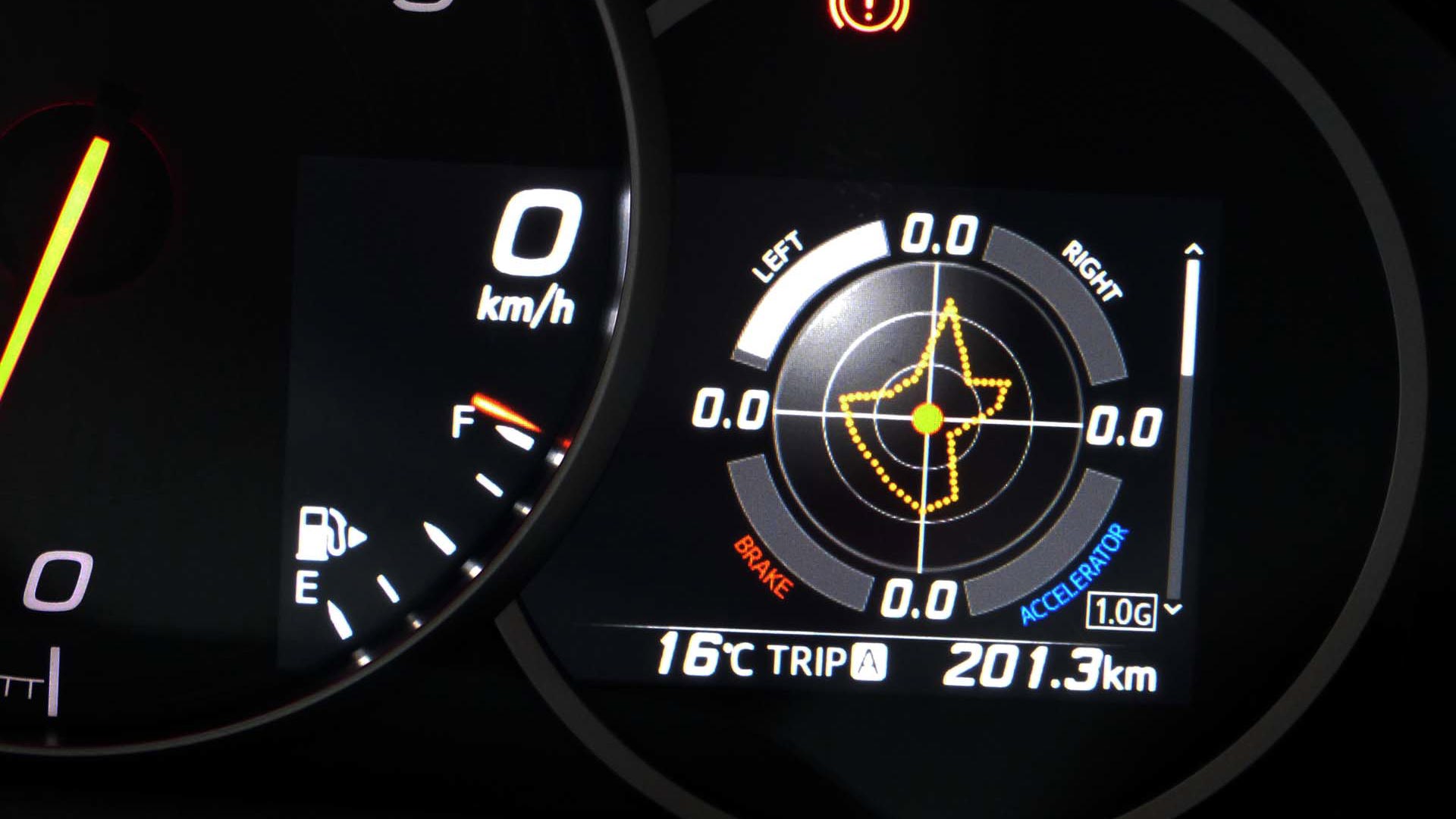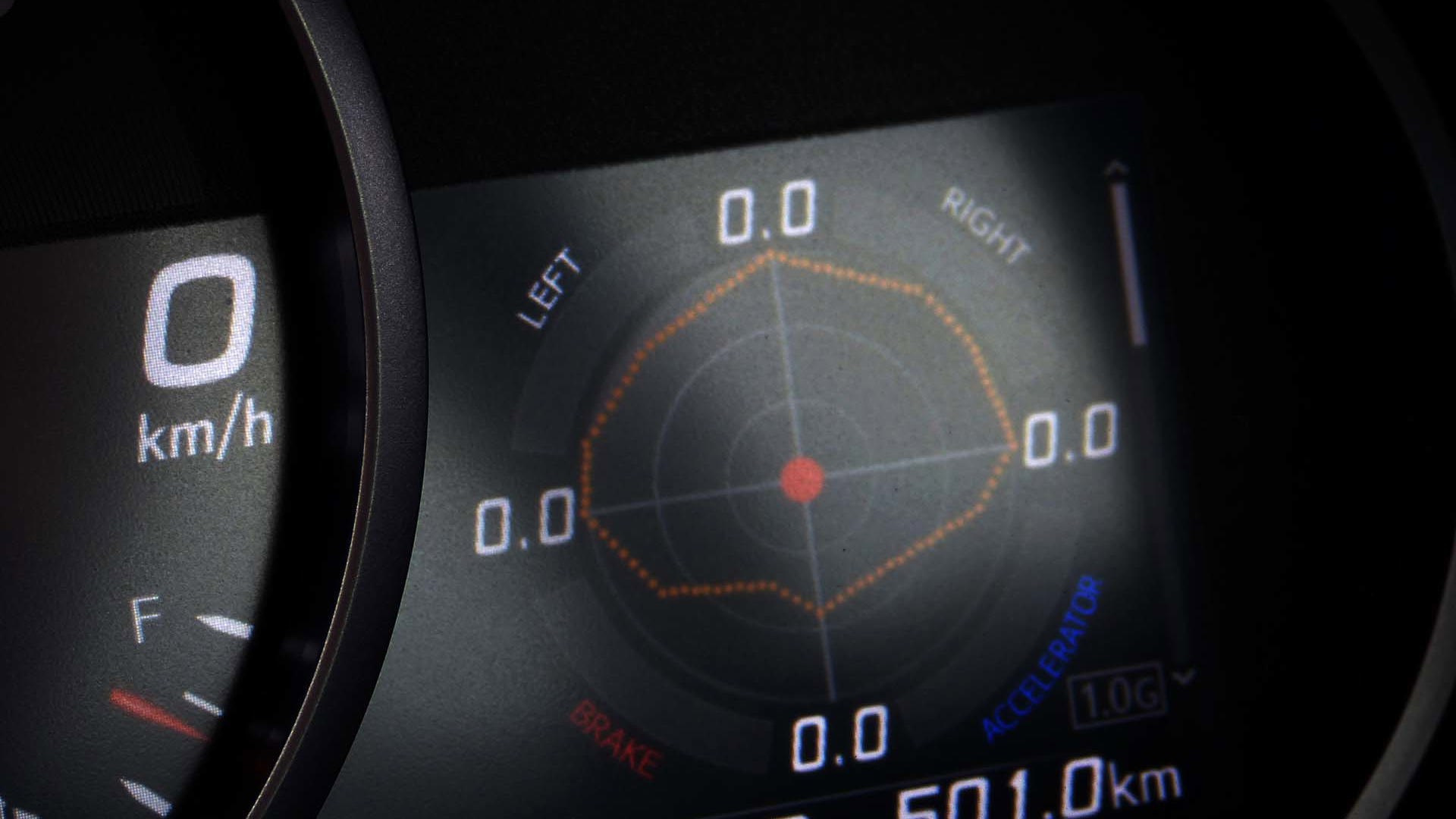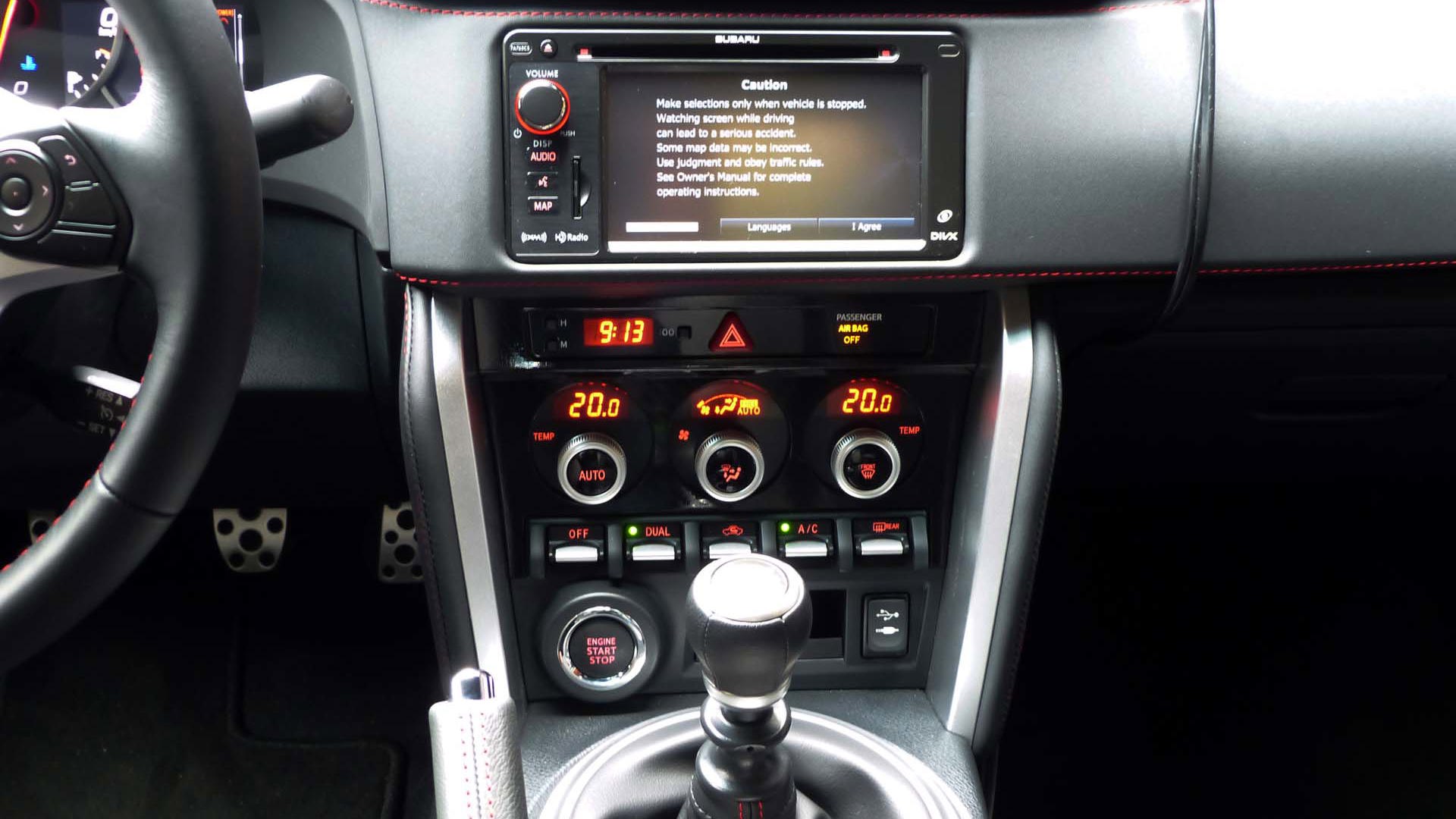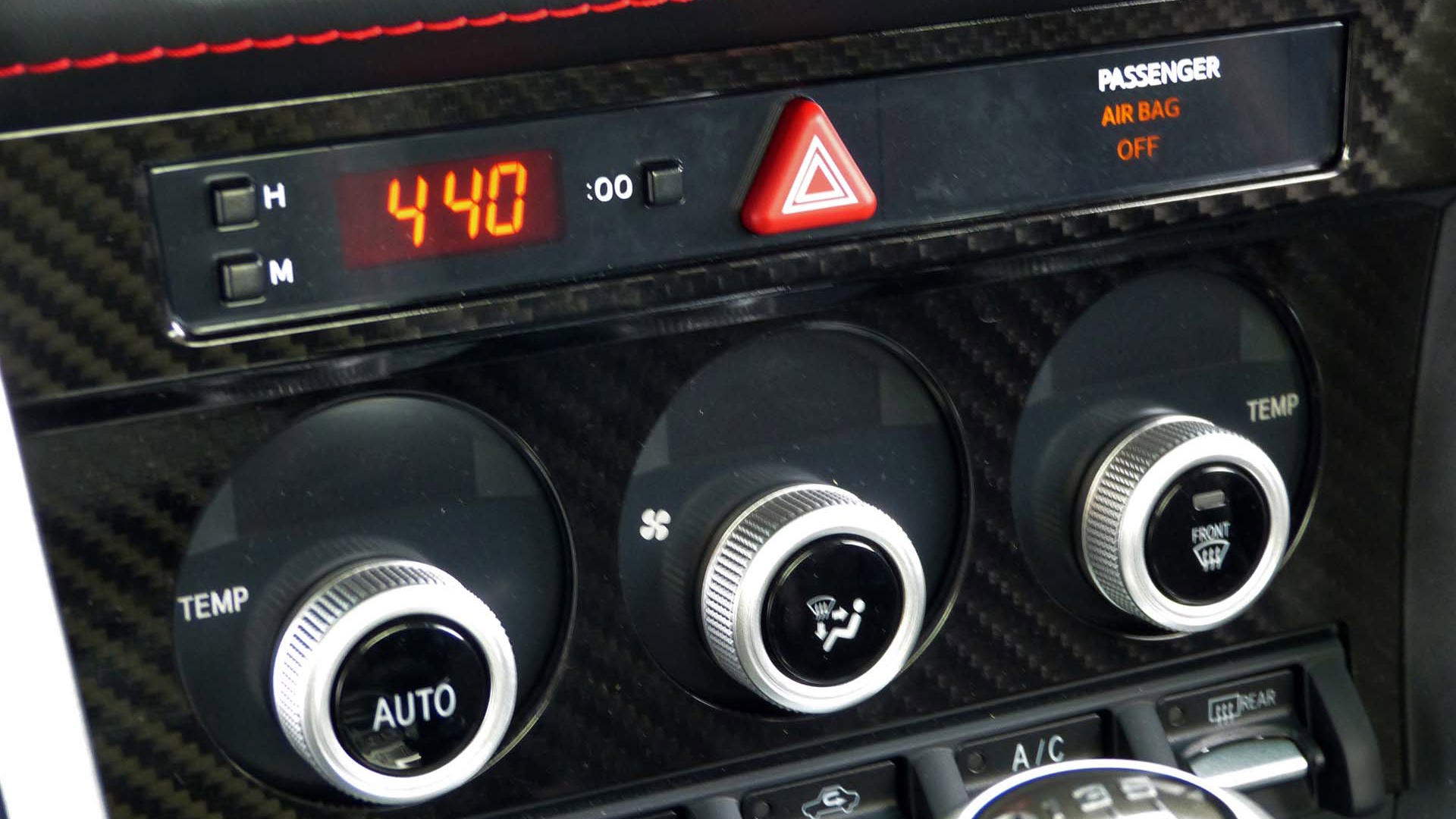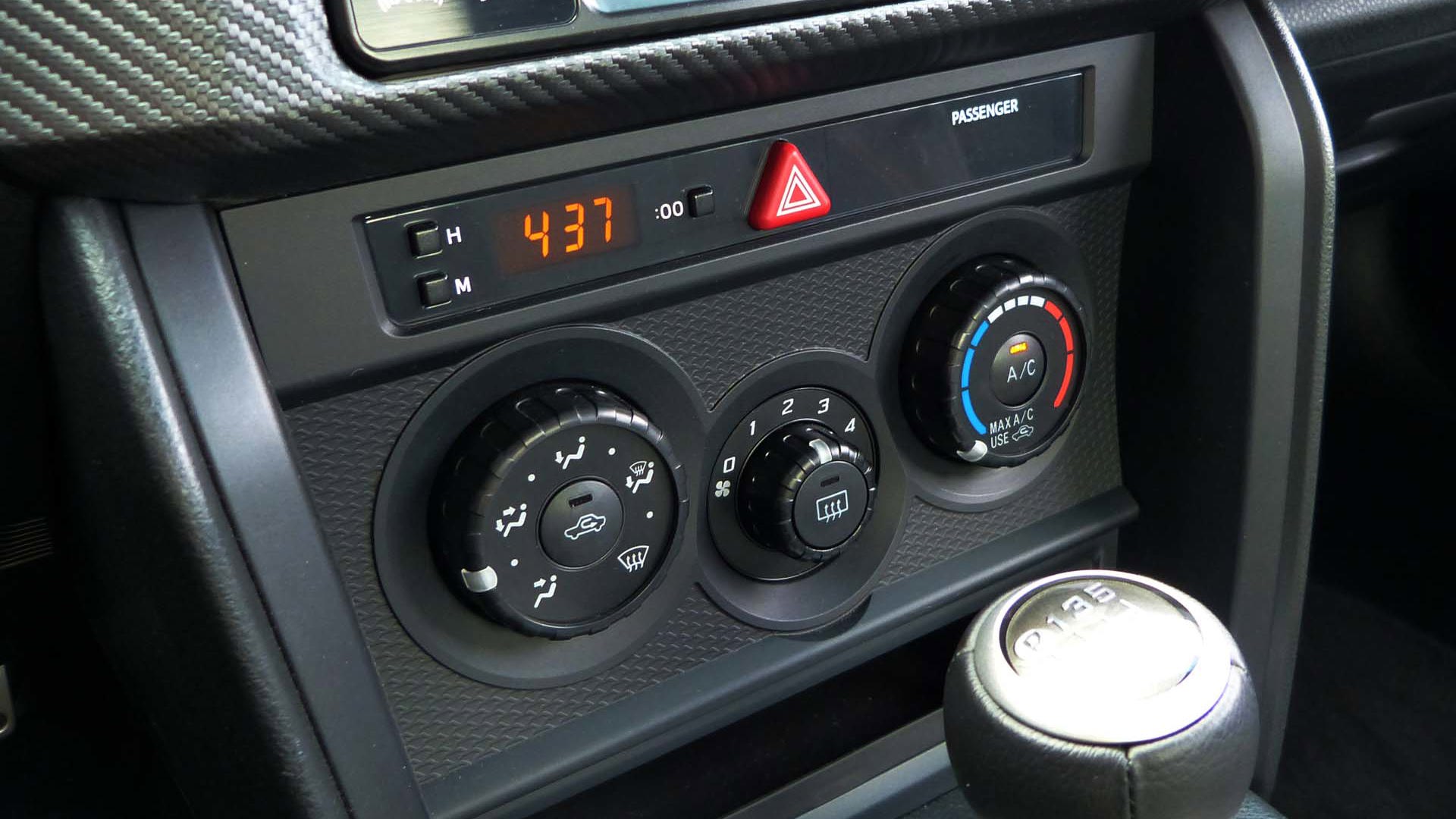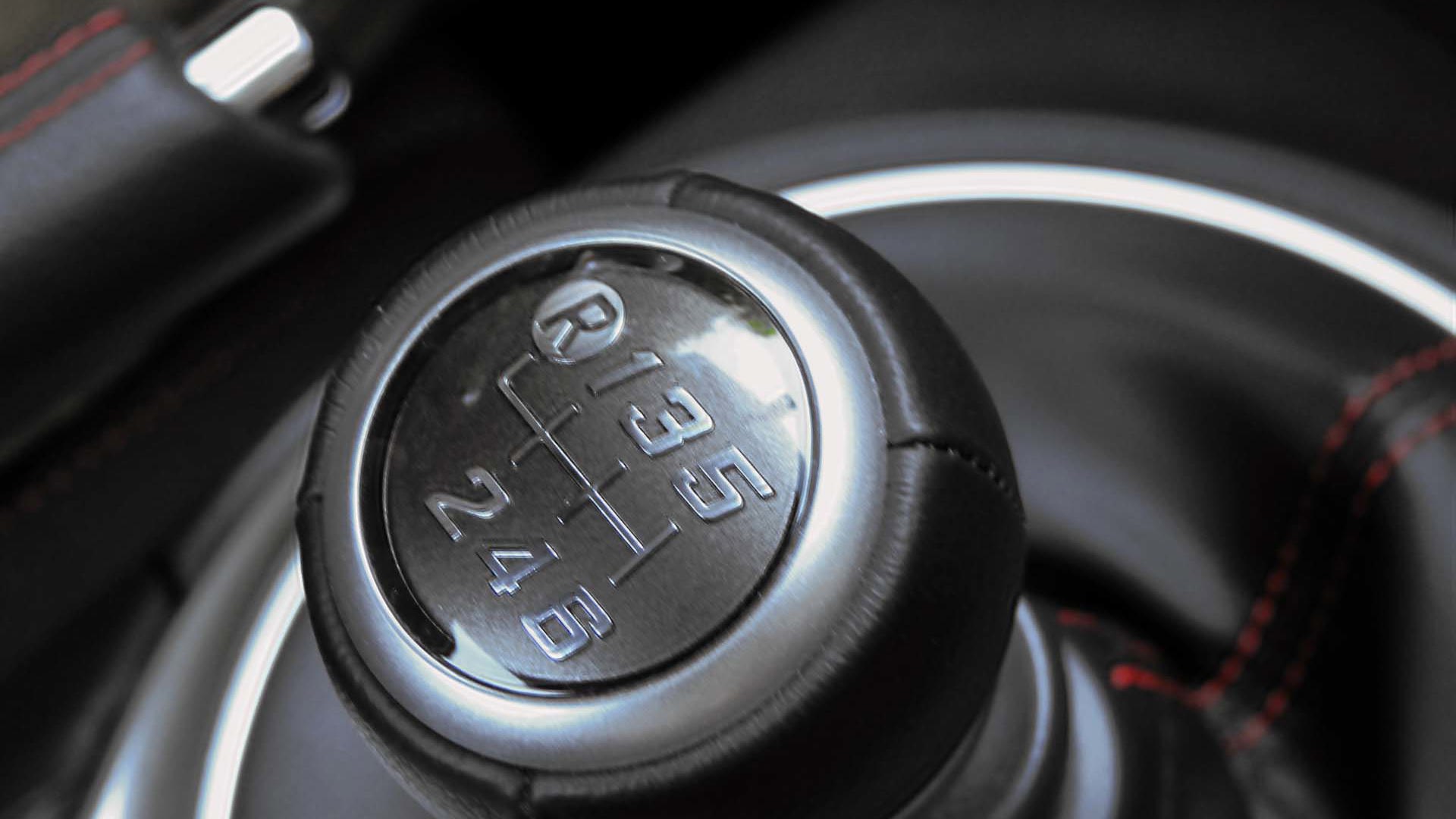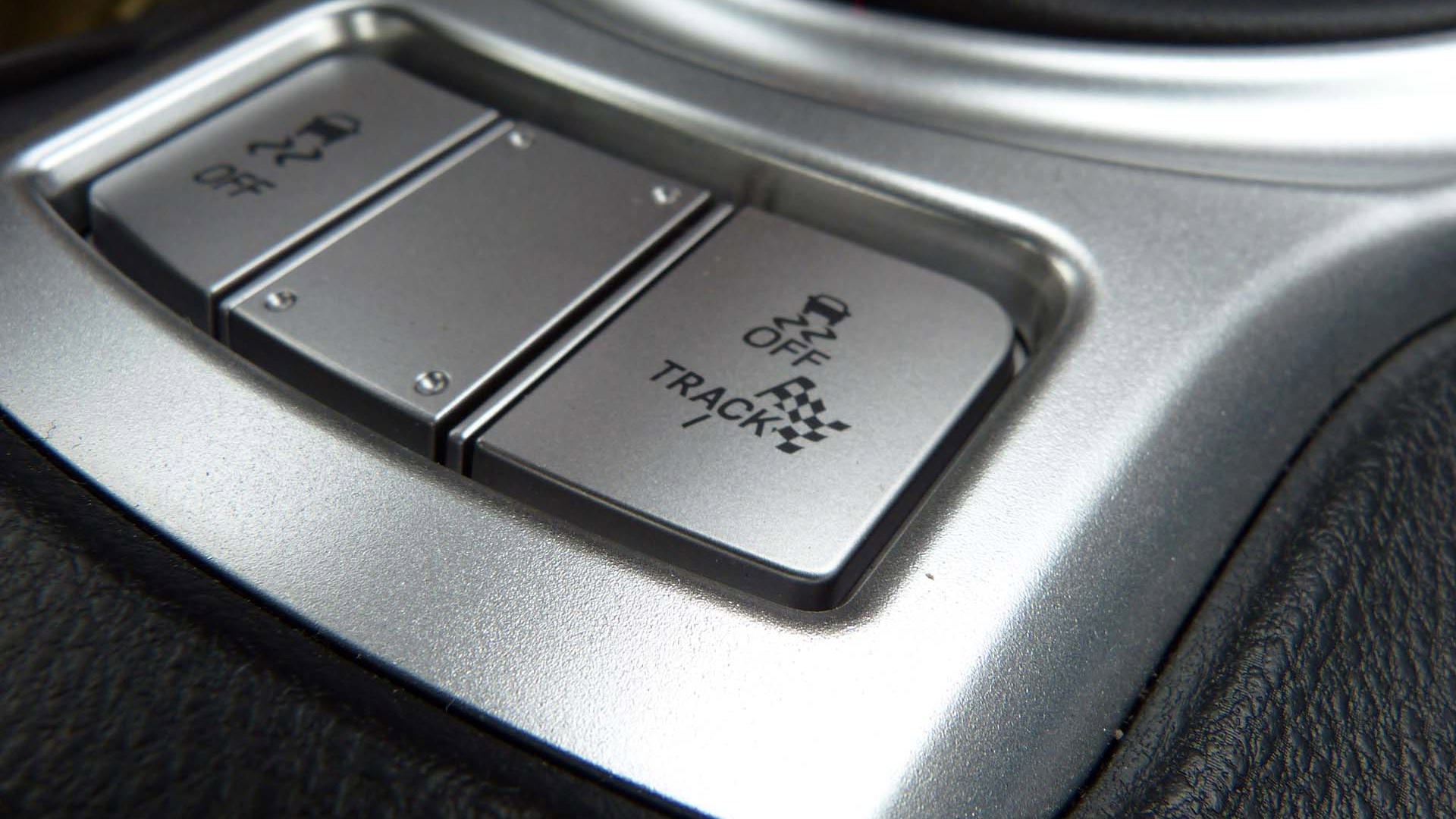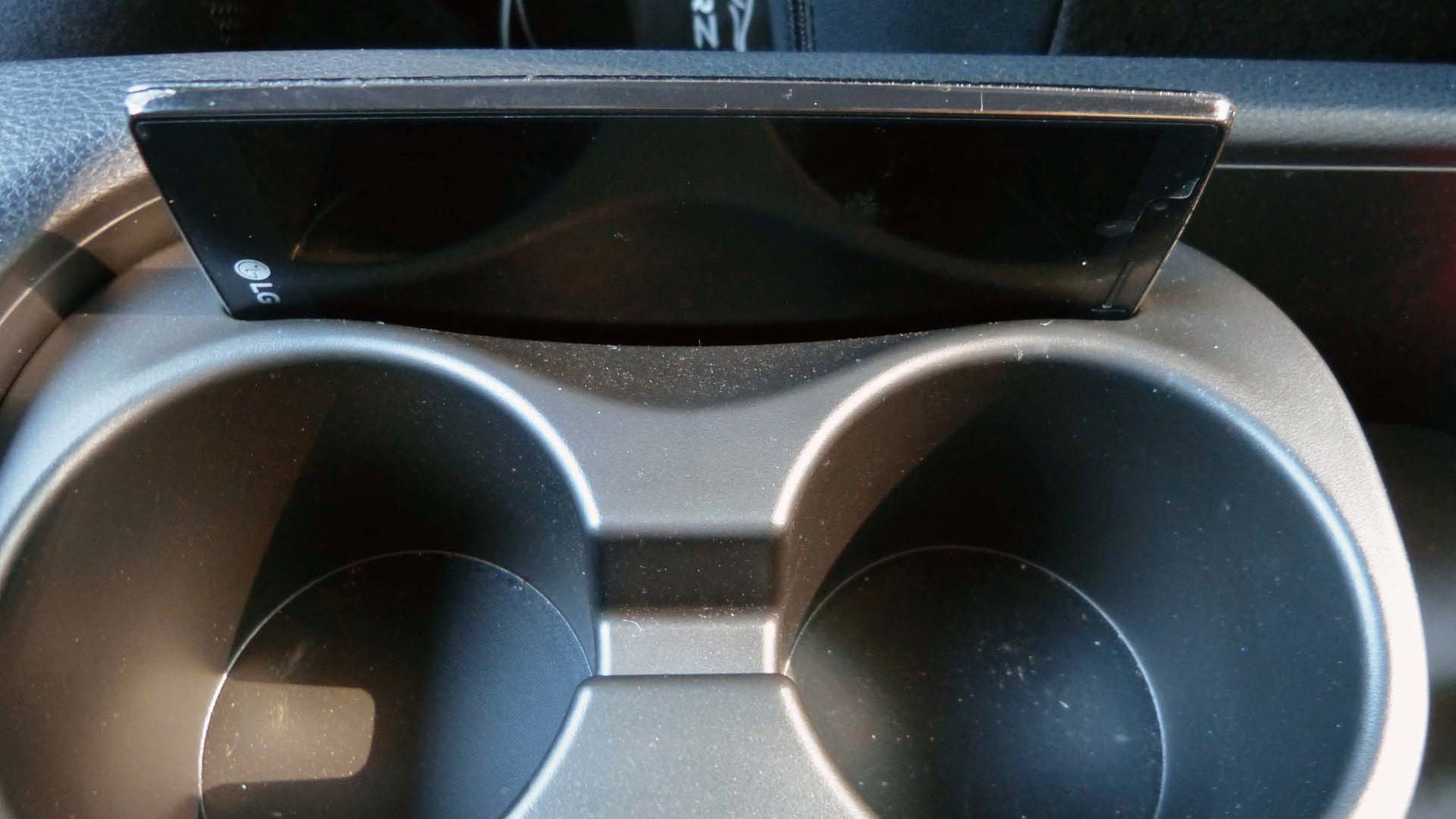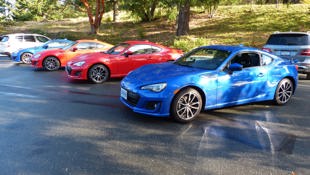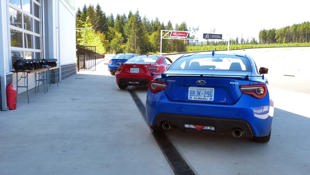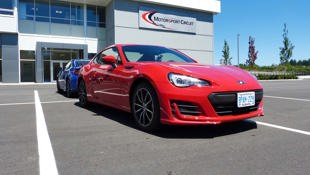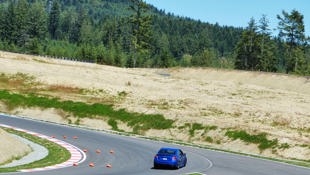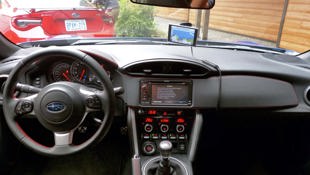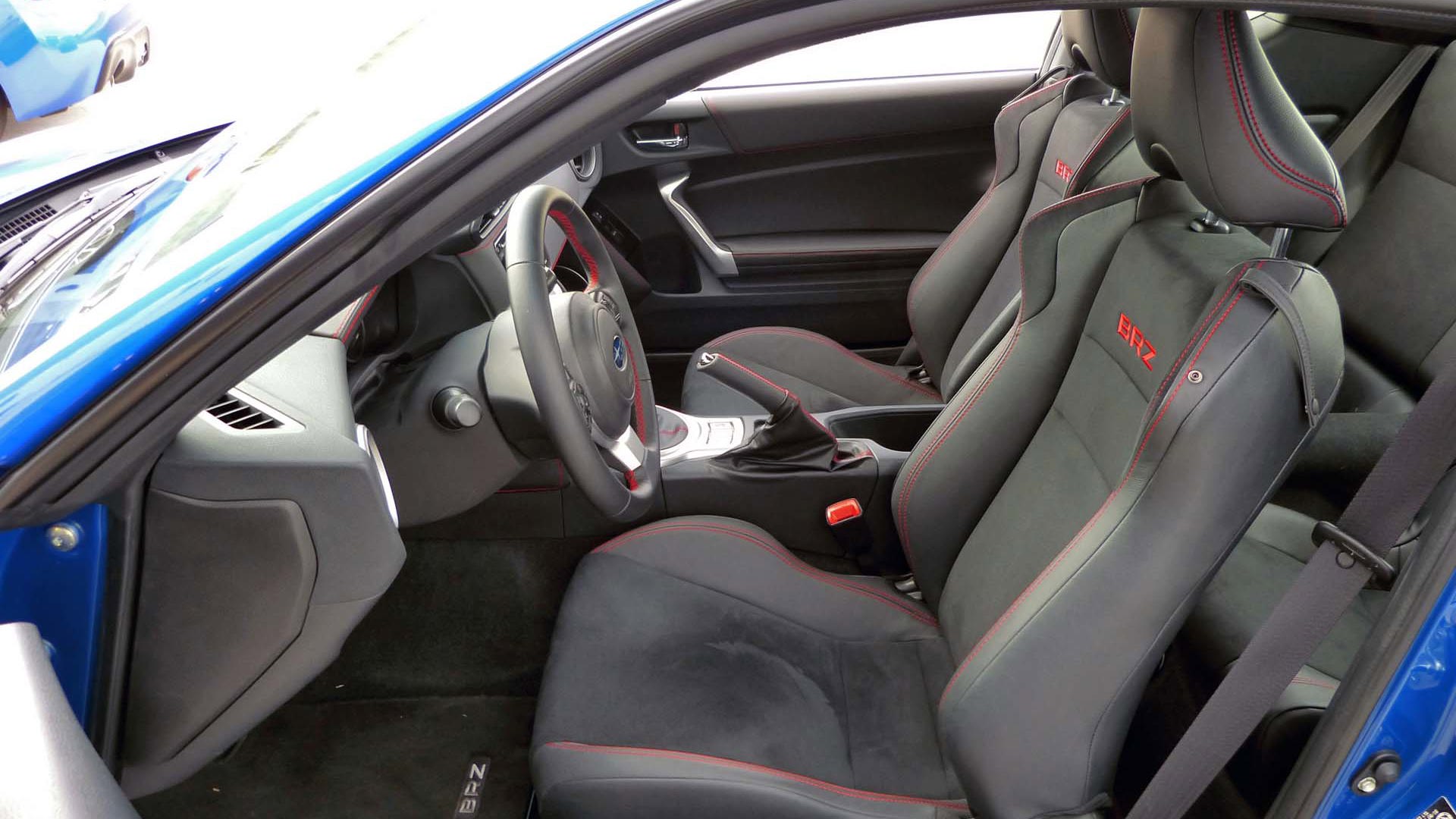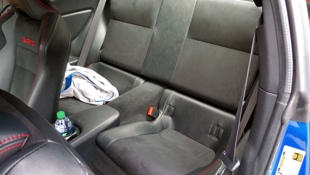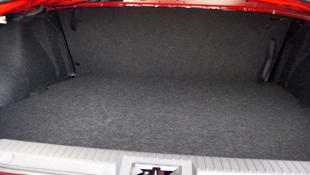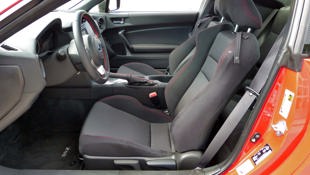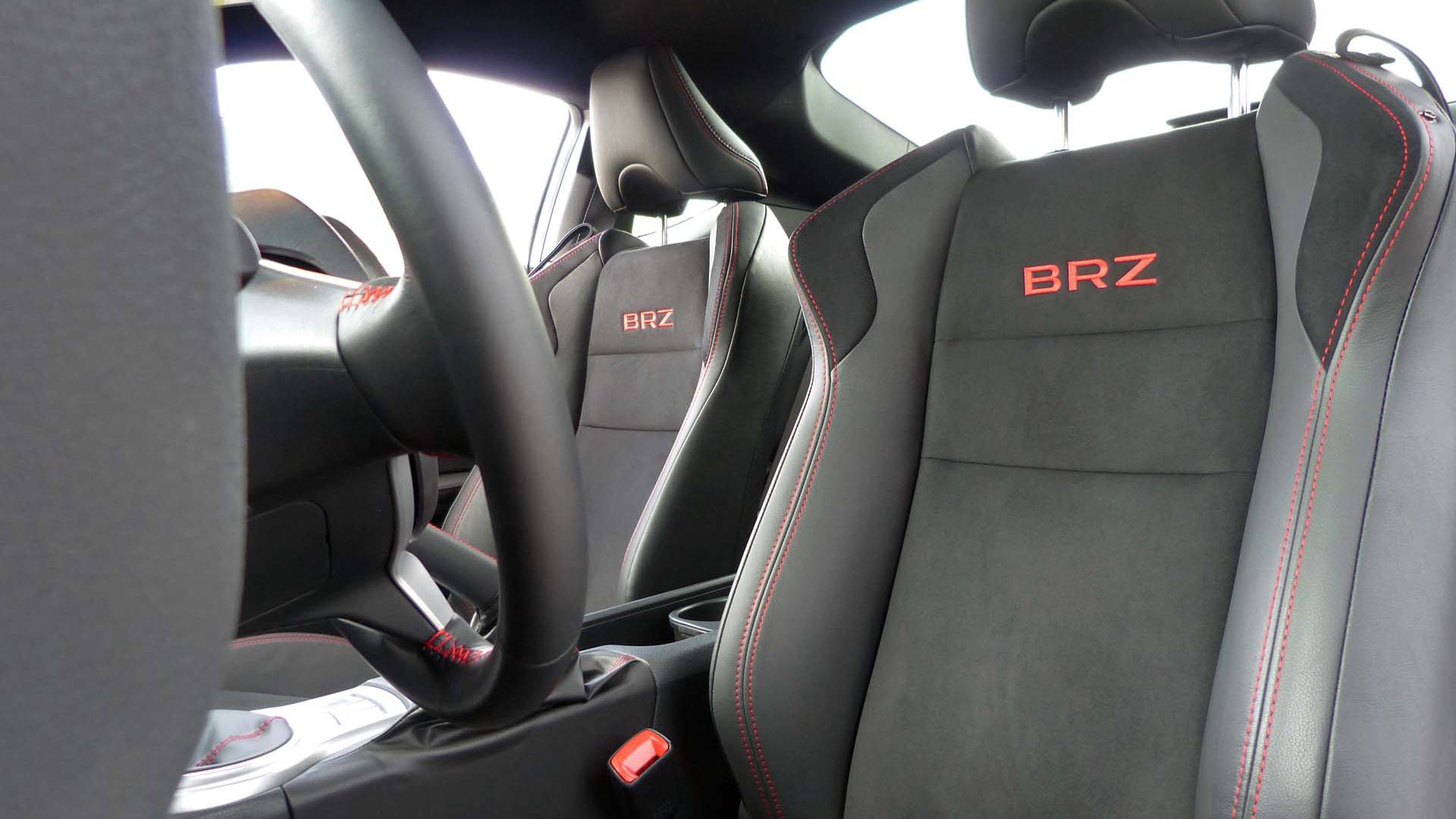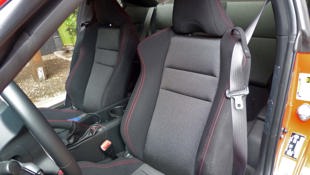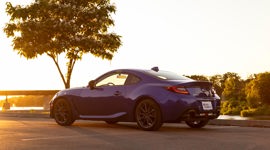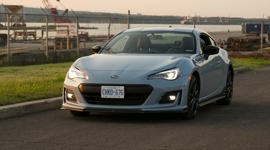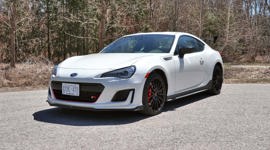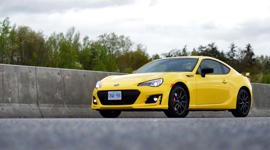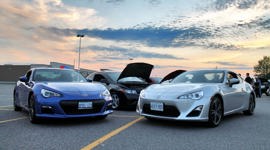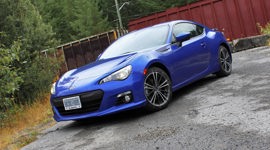What will happen when the roads are ruled by autonomous vehicles? Will we of leaden foot be legislated off the roads? What of our cars? Perhaps, one of the best and most applicable lessons from history comes from the last form of transport to be rendered obsolete: the horse.
The BRZ is everything you could want in your track toy.
These days, if you’re the sort of person who likes climbing seven feet into the air to perch precariously on an unpredictable, stinky, bite-y, kick-y lump of poo and sweat, you can only really do so if you’re a member of a club or have a property of your own. And you absolutely must have a solid amount of disposable income.
The good news is though, that when horses stopped being the main form of transportation for regular folk, the industry didn’t disappear. It shrank, that much is true, but those who loved nothing more than the sheer terror and spinal agony of horseback riding were able to still get their fix provided they had the means.
As we hurtle toward a future where the car isn’t needed to connect us to our friends and family (we have our phones for that) and where driving enjoyment is a niche interest, it’s perhaps clubs like the Vancouver Island Motorsport Circuit that will be the last refuge. Places where sports cars can rip around with not-quite-reckless abandon (because insurance and personal injury lawyers will exist even after the apocalypse). They’ll be just like horse trails or stables.
And sure, right now, places like the Vancouver Island Motorsport Park are filled with $250,000-plus exotics, but soon the general public will want to get involved. What then?
Enter, the Subaru BRZ.
It’s cars like this that might just keep driving proletarian. See, the BRZ is everything you could want in your track toy.
It’s rear-wheel drive, and rear-wheel drive is always better. It’s got a good weight balance, light chassis, sharp handling and it’s a genuine sports car. The one thing potentially missing from the mix is bulk horsepower – but on the racetrack that’s not important.
You see: horsepower is for accelerating, but who needs to accelerate out of corners… *puts on glasses* …when you don’t have to slow down for them?
Unfortunately, out on real-world roads you do need to accelerate, especially to complete passes in short overtaking lanes on busy Vancouver roads littered with caravans and RVs. It was during one such zone that the BRZ struggled to get up and get by a campervan – just as SNAP was playing on Sirux XM 90s on 9. “I’ve got no power!” I sang. My co-driver laughed. We didn’t pass the RV.
The BRZ has seen a modest bump in power for 2017 – up to 205 hp from 200 and up to 156 lb-ft of torque from 151. But that doesn’t tell the whole story. There used to be a little fluffy lump right in the middle of the BRZ’s torque and power curves, a wobble around 5,000 rpm – that’s now gone and the 2.0L Boxer pulls cleanly right through the rev range.
Out on the track, the smoother power delivery means more fun, more consistently. Sure, all the power is up high, and sure, that’s a problem when you’re trying to get clear of an RV to enjoy some of Vancouver’s finest roads – but out on the smooth black stuff with nary an RV in sight it’s a different story.
Instead I was able to focus on the revised rear suspension which is softer – and yet better. This was counterintuitive to my brain so I asked about it. Turns out that the more compliant and soft rear allows for a sharper front set up, and the BRZ does feel superbly willing to change direction. That softer back end also allows the driver to catch up to the car more quickly, using the pedals to transfer weight is exciting and fun, but if your skill level isn’t razor sharp that can go sideways in a big hurry. The BRZ is actually really forgiving here, allowing me to flick it through a change of direction that just happens to follow a big elevation change with gleeful confidence and downright erotic tire noises.
The Vancouver Island Motorsport Circuit has a lot of elevation change in its compact and technical layout, and I’ll admit I struggled with a long left-hand uphill complex after a short straight. For the first session and a half I could feel the BRZ pushing badly right at the moment I cleared the brake pedal. The plowing effect scrubbed speed and made it hard to pull the 1,263 kg chassis up the hill. This is one time I really felt the lack of power and torque.
However, that issue was corrected with a tune-up to the organic component. I put a known hot shoe in the passenger seat to help me be better and he immediately identified the problem in that complex. “You’re getting out of the brake pedal too quickly and aggressively,” he said.
Sure enough, next lap I was harder early on the brakes, then progressively eased them off: the chassis stayed more stable, the front stayed planted and I was able to carry more entry and mid-corner speed.
When you’re driving a sports car, small changes in technique deliver big rewards. When you’re driving a smaller, lower-powered sports car, there’s nowhere to hide from your own inadequacies. That forces you to confront them, to see them, and therefore to fix them.
I was a better driver for spending 30 minutes on a track in a BRZ than I would have been spending that same 30 minutes in something like a Porsche Cayman GT4.
The g-force meters and tracers available new for 2017 are a neat nod to track-day folk but honestly they’re more gimmicky than educational. Also new for 2017 is a cool red manifold that sparks the previously dull-looking engine bay into life. You might also note the tougher engine block and diff mounts and get all excited for what they’re making way for. You might even get excited by what look like mounting holes for some sort of hanger at the back of the engine – pre-formed for a turbo maybe? Or a supercharger?
Unlikely. The tougher engine block and differential is apparently just overkill engineering to account for the modest boost in power (a more likely but not admitted line is they are reinforcements to cope with the inevitable aftermarket go-fast bolt-ons BRZ owners will install). And those mounting holes in the engine are most likely there so Toyota can put a TRD-branded engine cover over the engine and hide the Subaru bit.
The 2017 Subaru BRZ represents a subtle yet significant evolution of the now four-year-old affordable sportster. Changes to the suspension, power delivery and to the traction control and electronic stability open up the engaging, tail-wagging dynamic of the car for drivers. The new Vehicle Dynamics Control “Track Mode” opens up a much more permissive, later-intervening traction control mode that allows you to play with weight transfer and slip angle without removing the safety net altogether. It’s more fun, without going too silly.
The seats are improved and the steering wheel is now thicker and sexier. It looks and feels more expensive in this cabin than the previous model year’s.
And most critically, it is still affordable. It offers a grin-inducing experience on par with that currently enjoyed by the one-percenters who make up the membership of the Vancouver Island Motorsport Circuit, but in a package accessible for the common man.
I challenge you to spend a day on any track in a BRZ and come out with face muscles that aren’t aching from grinning like an idiot.
